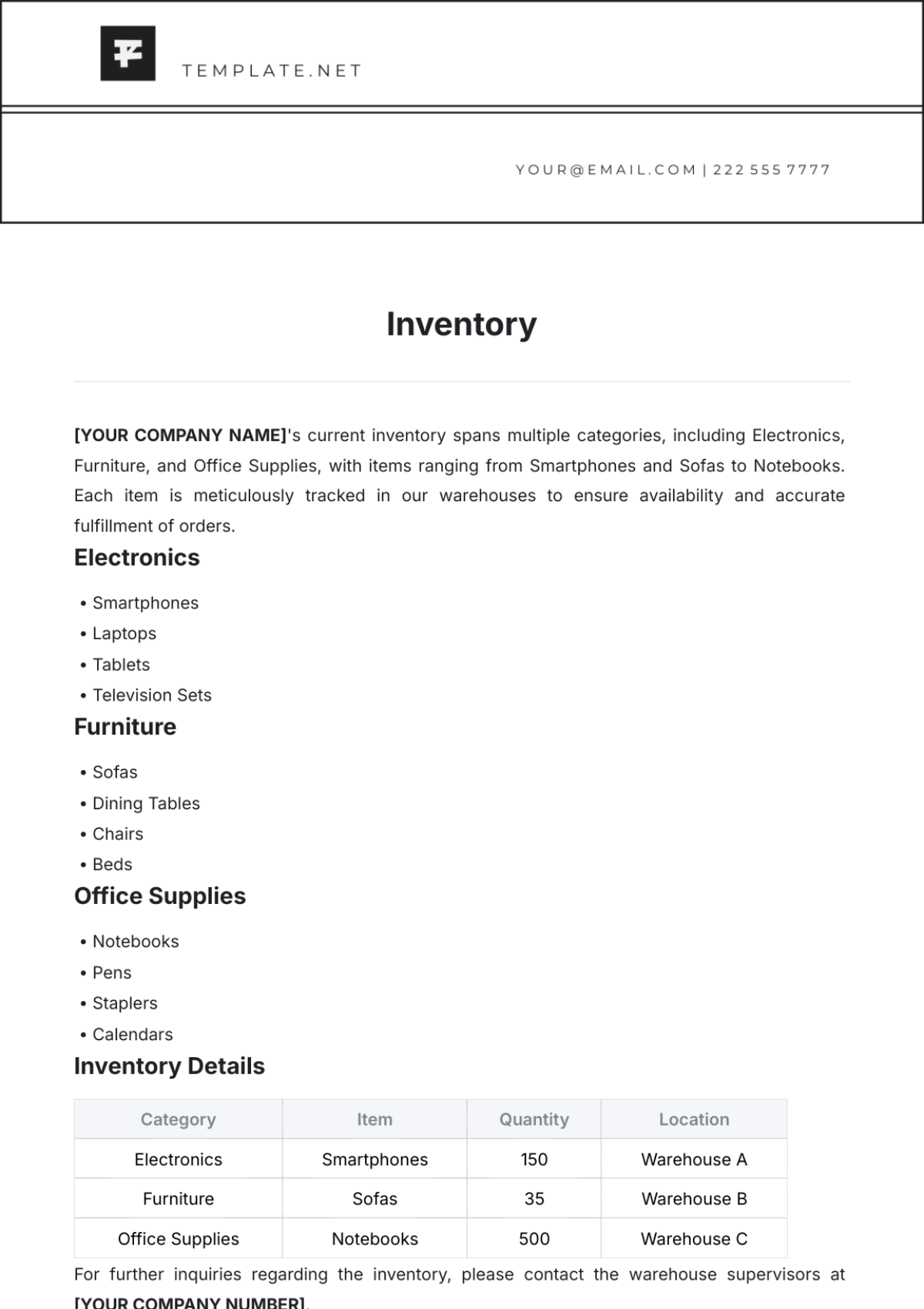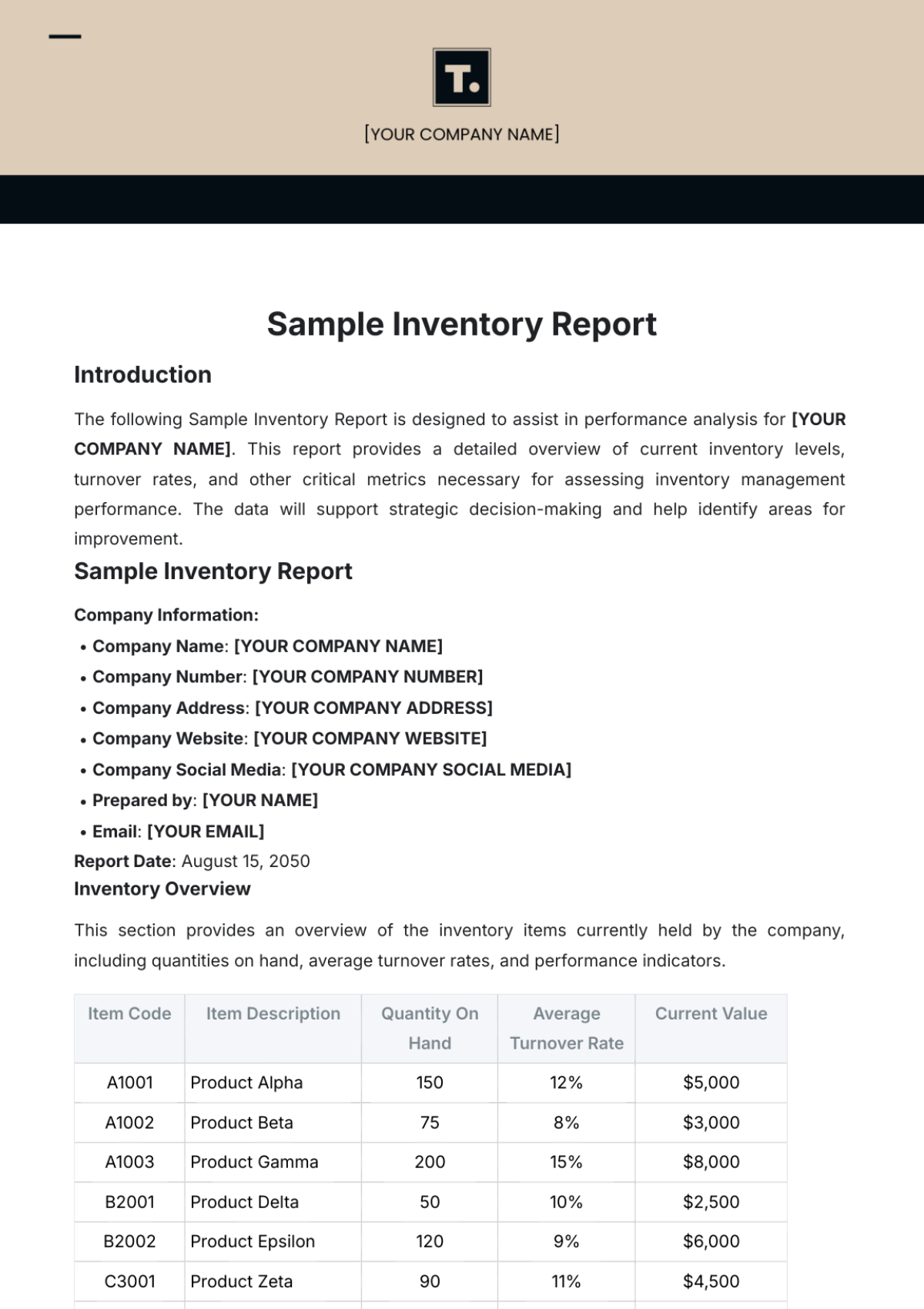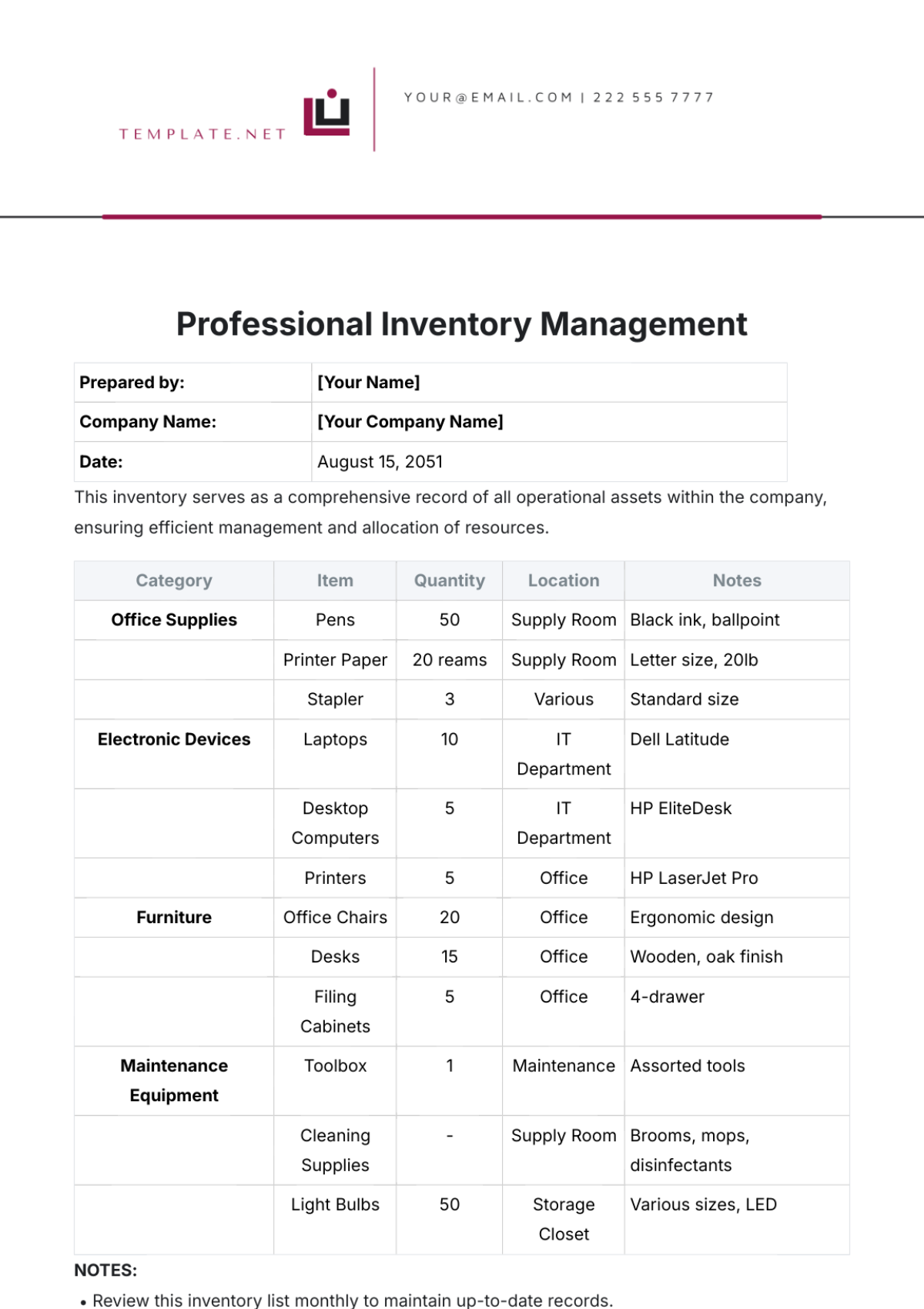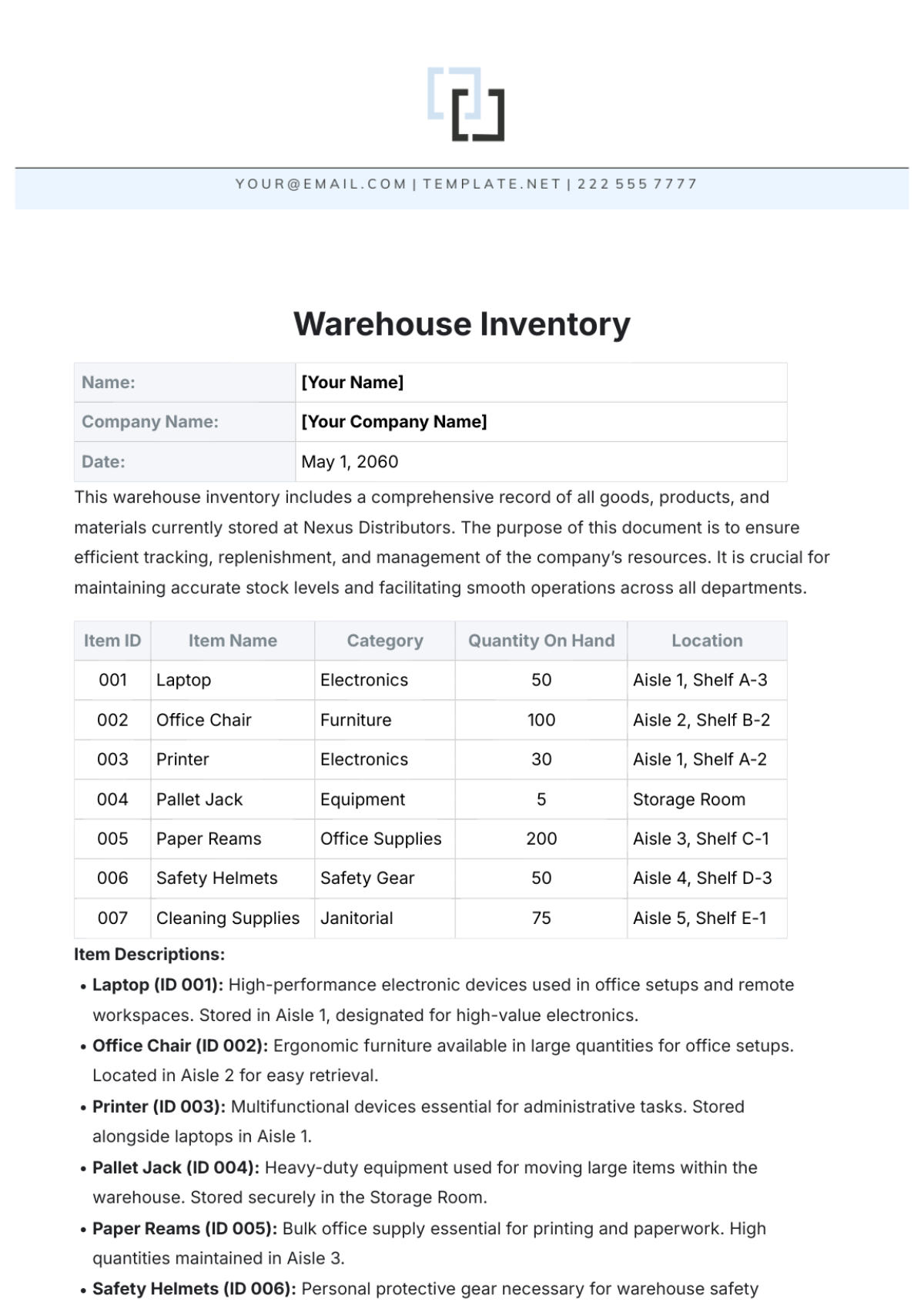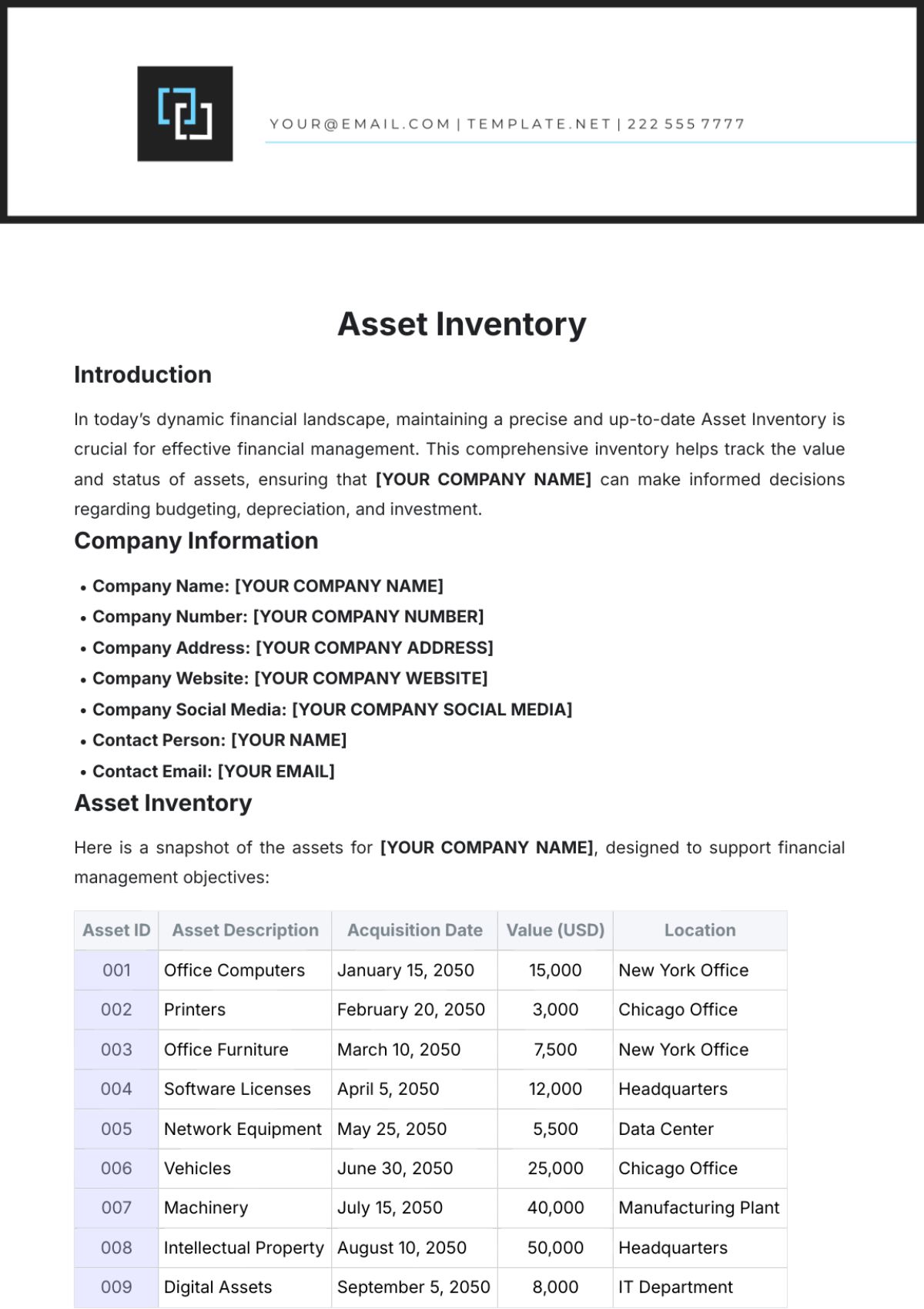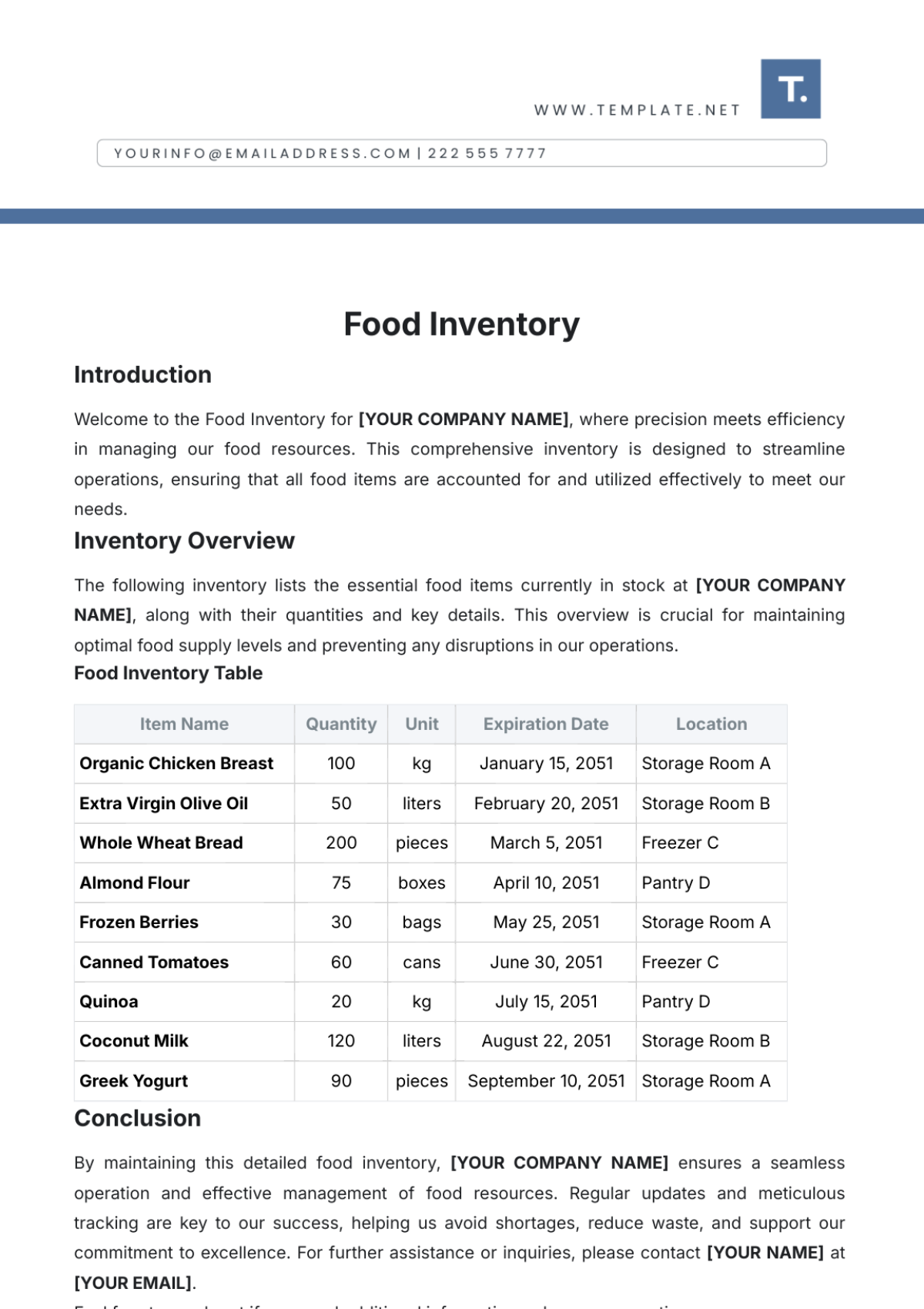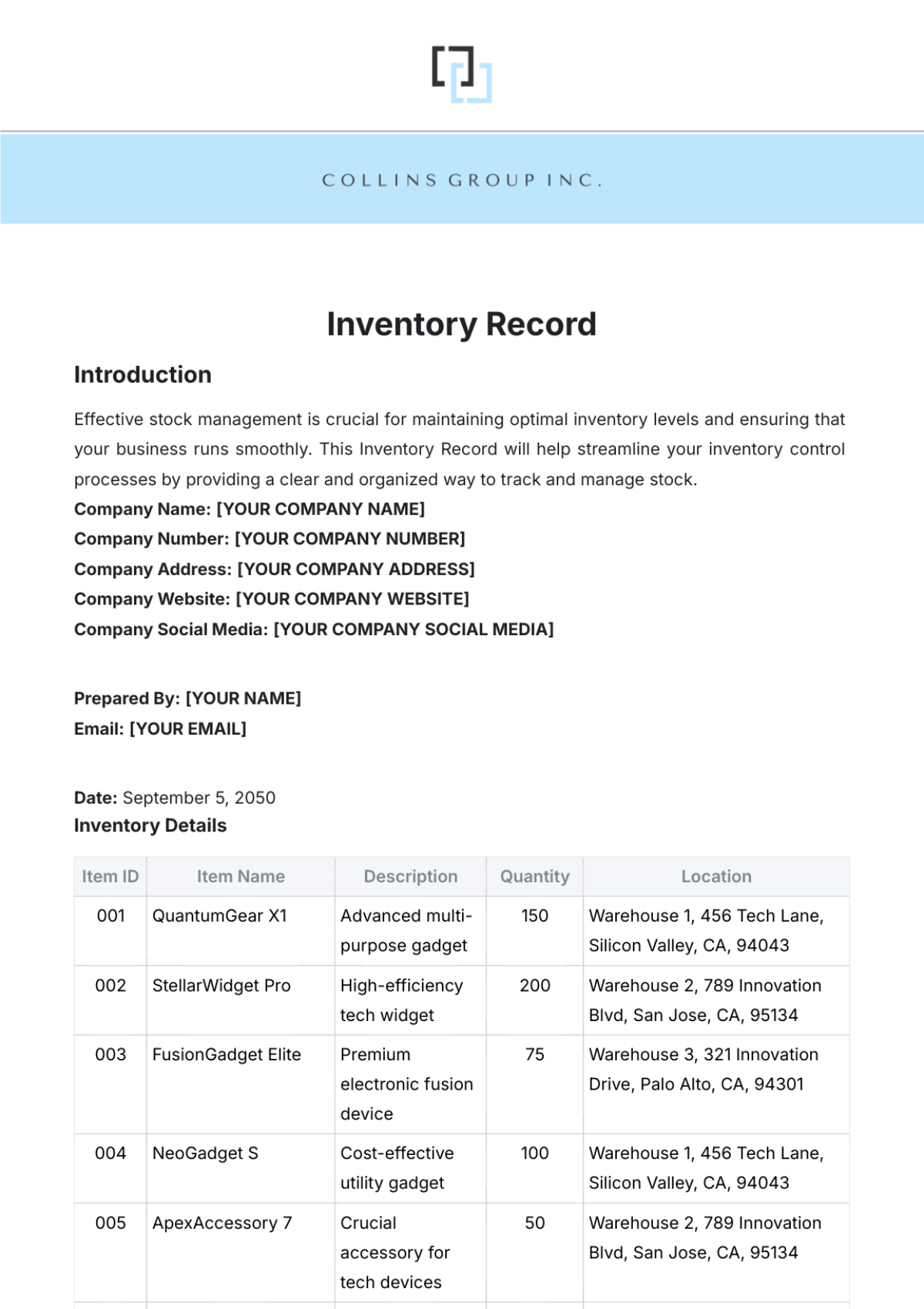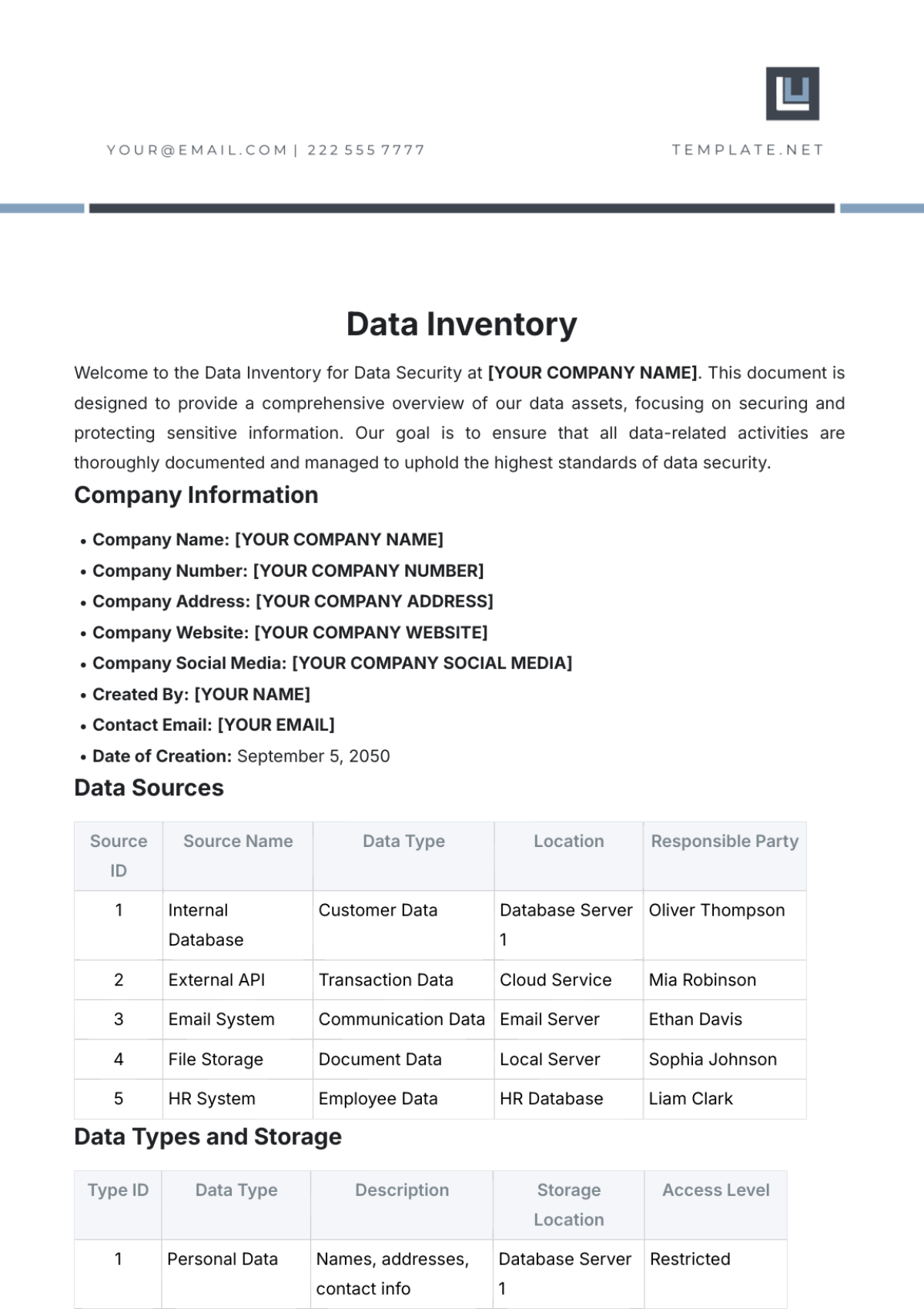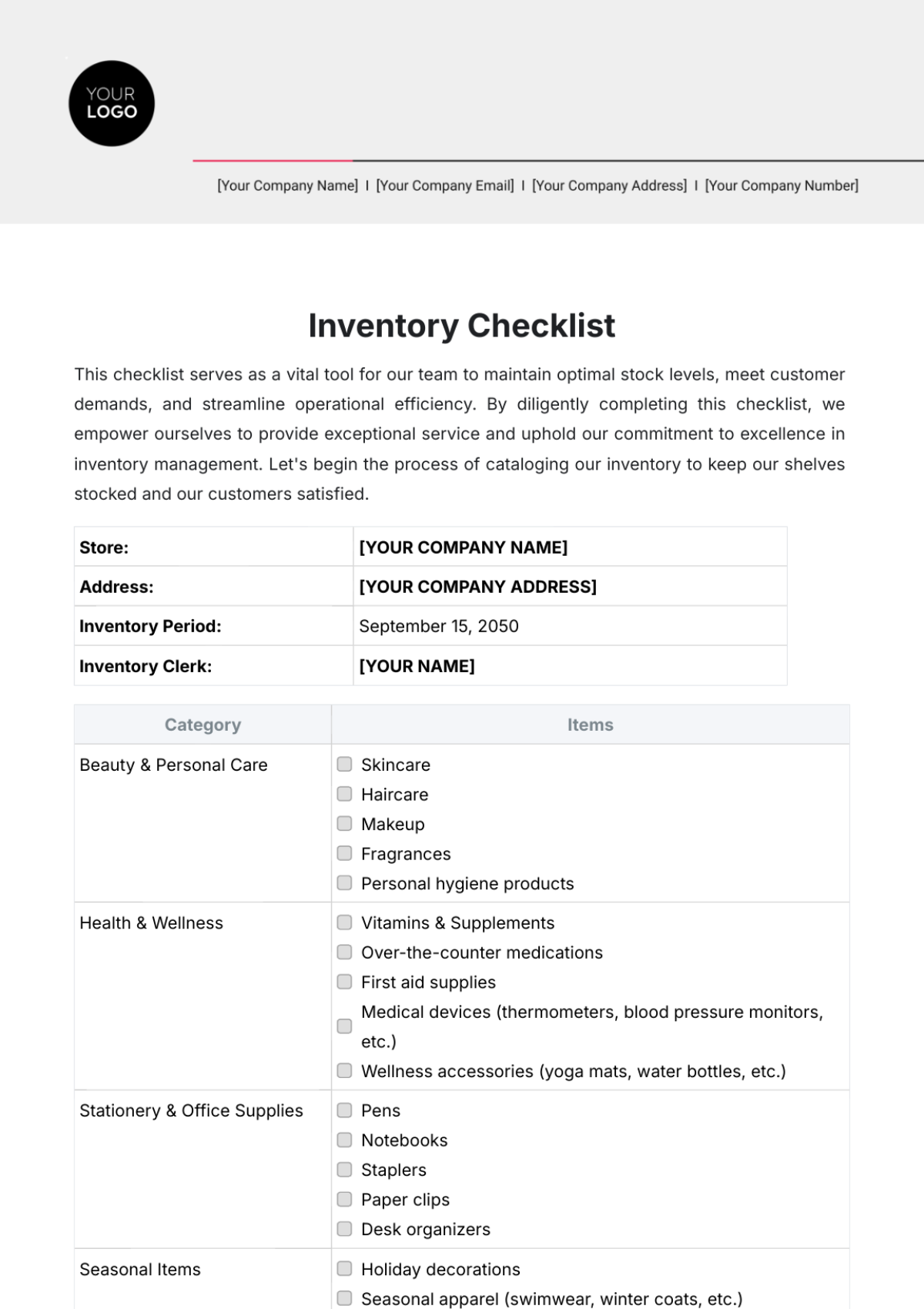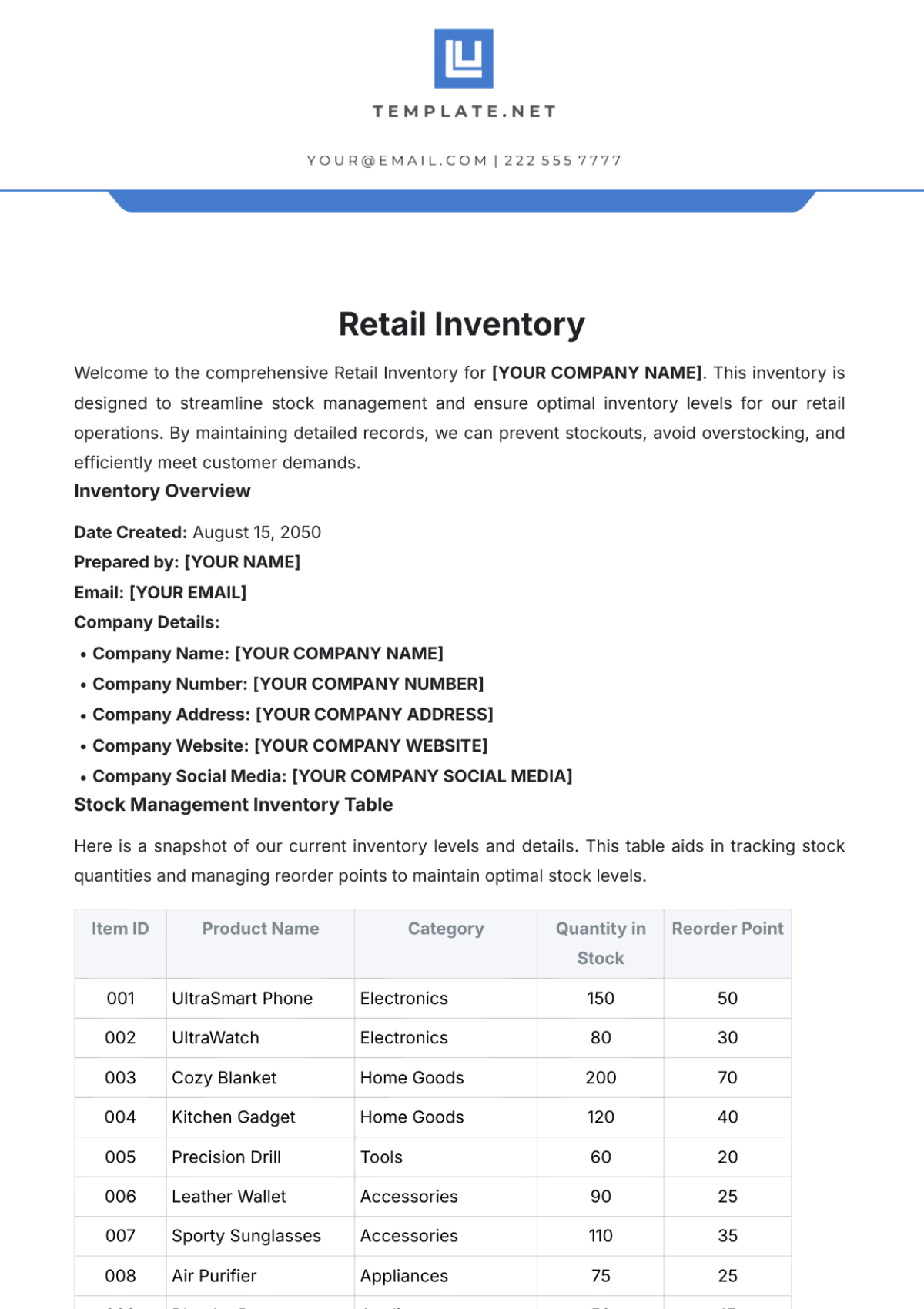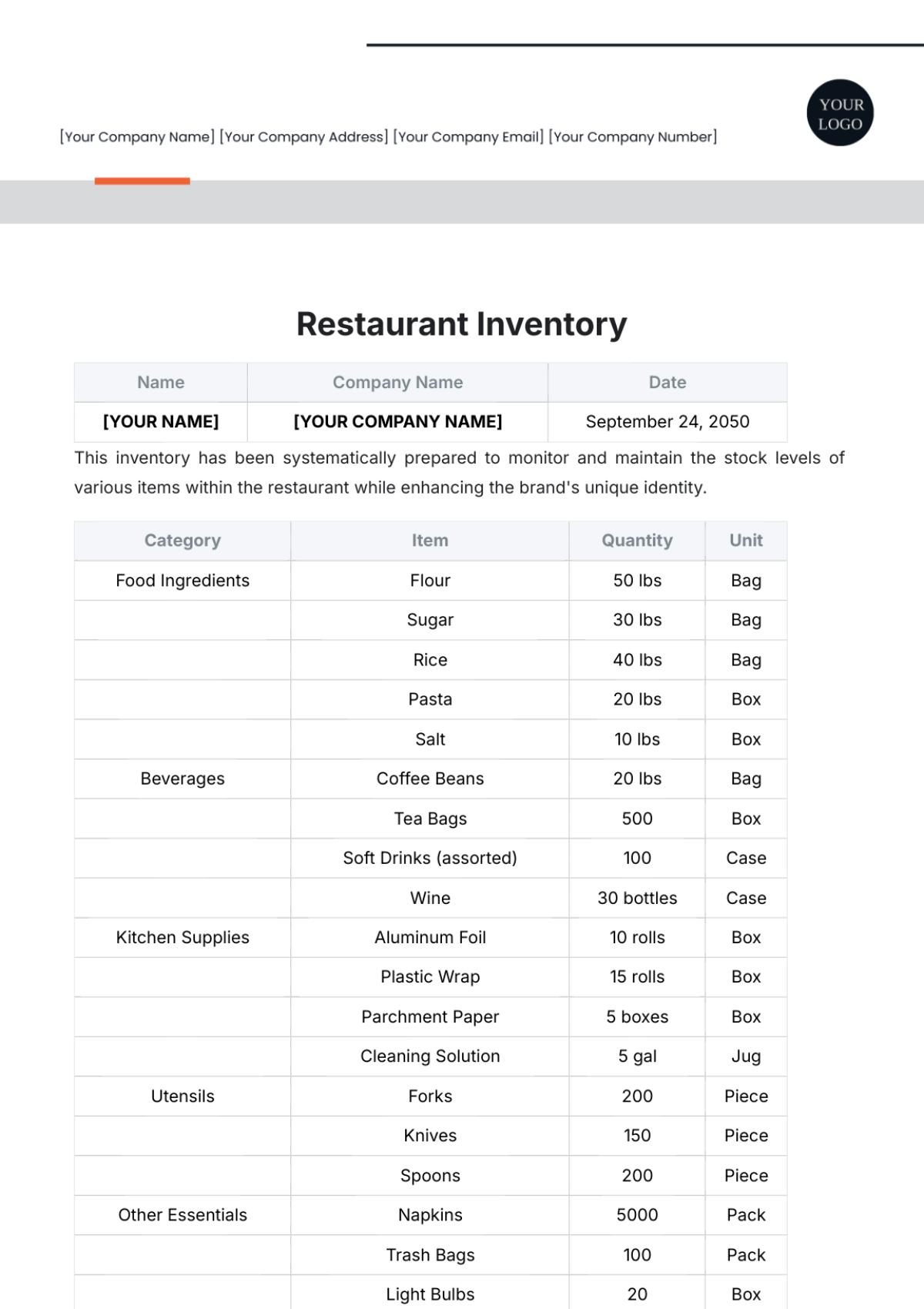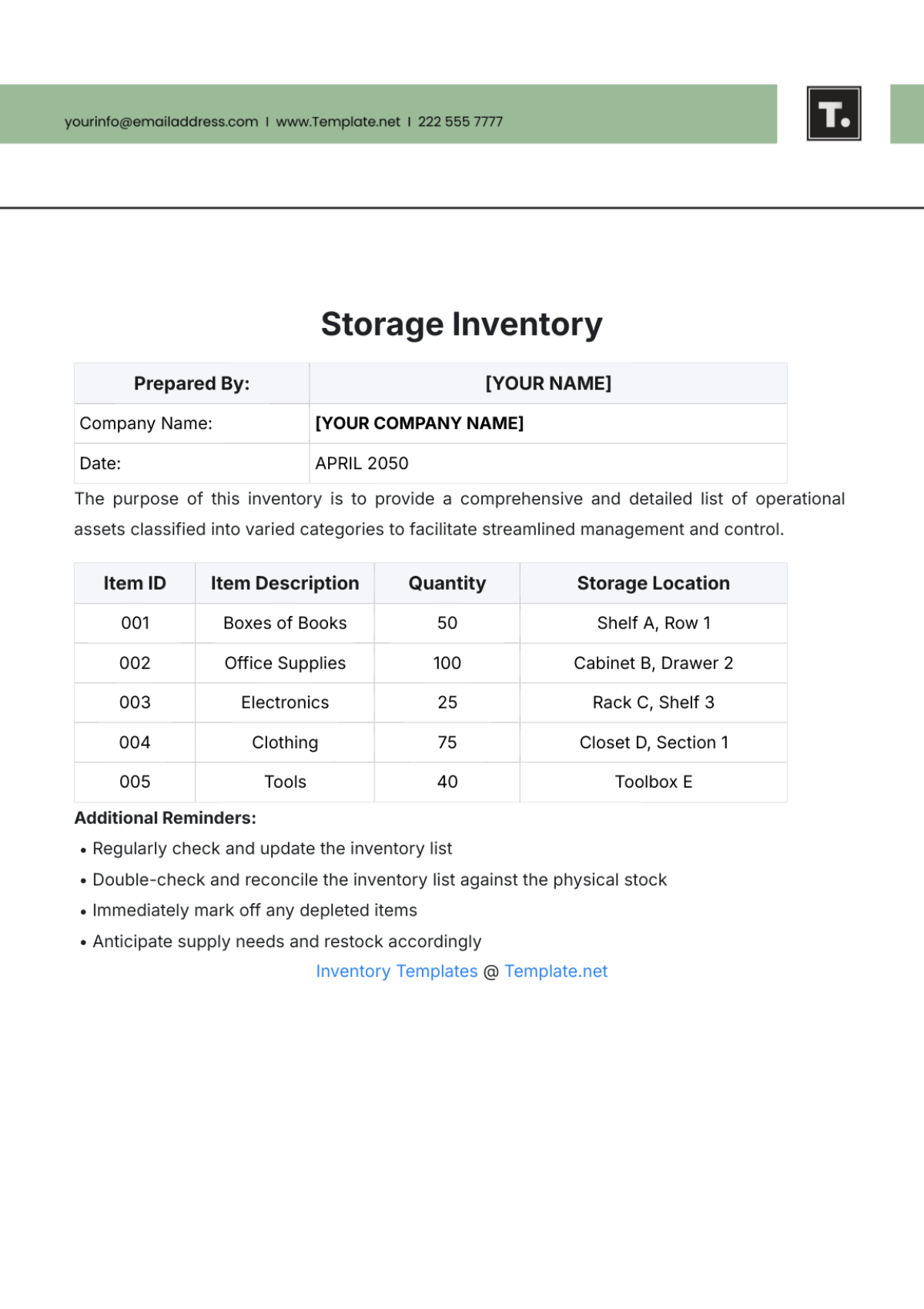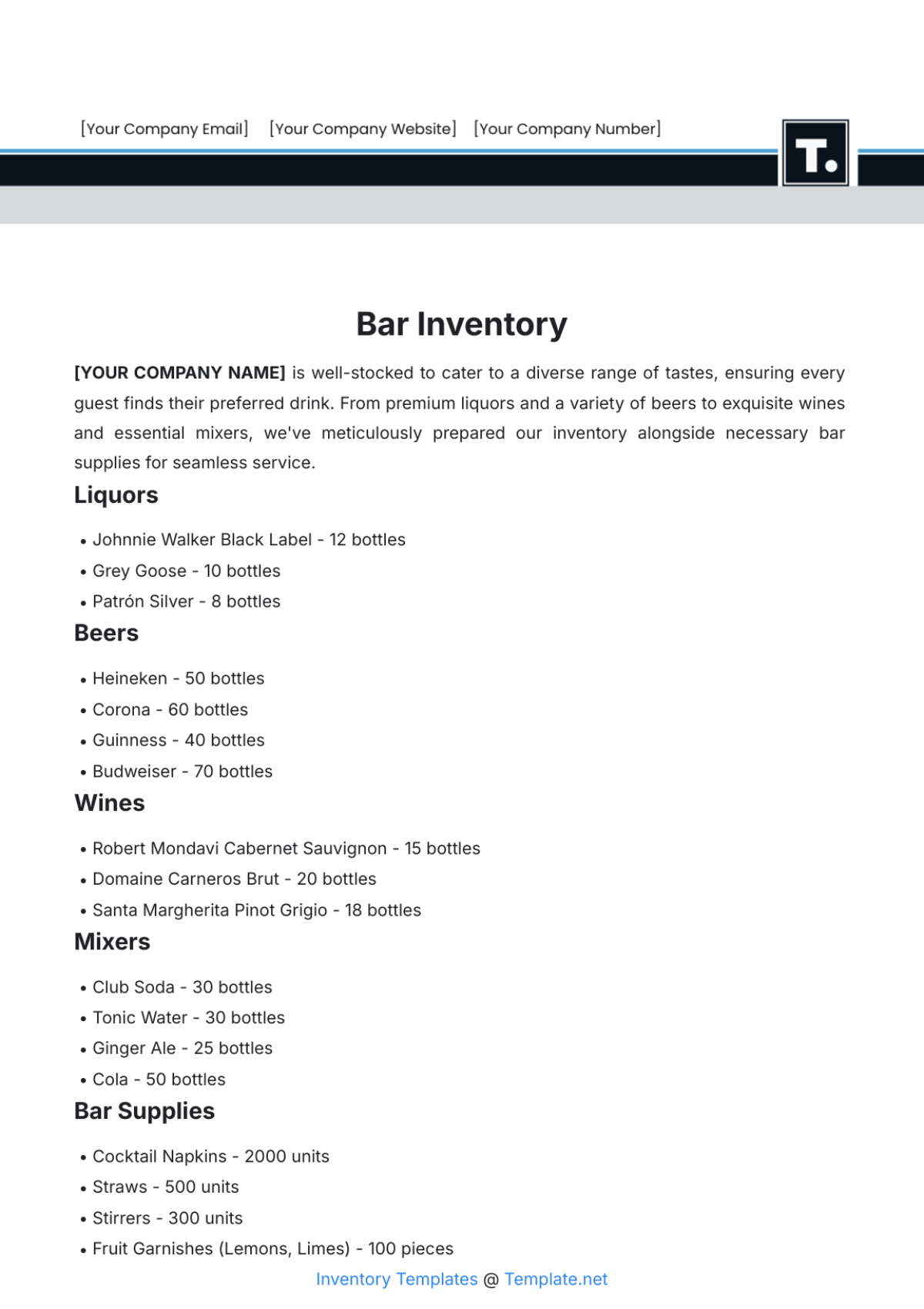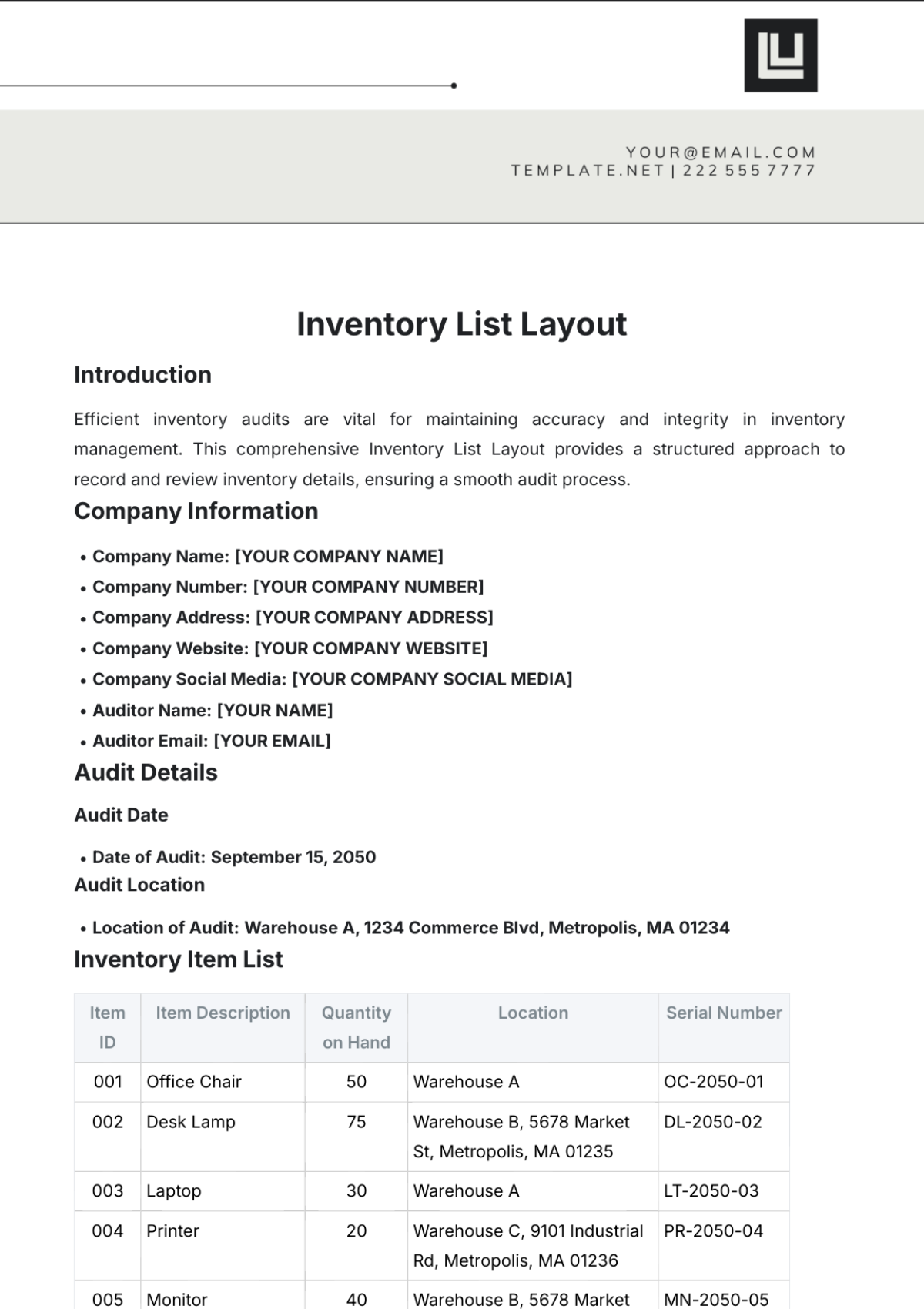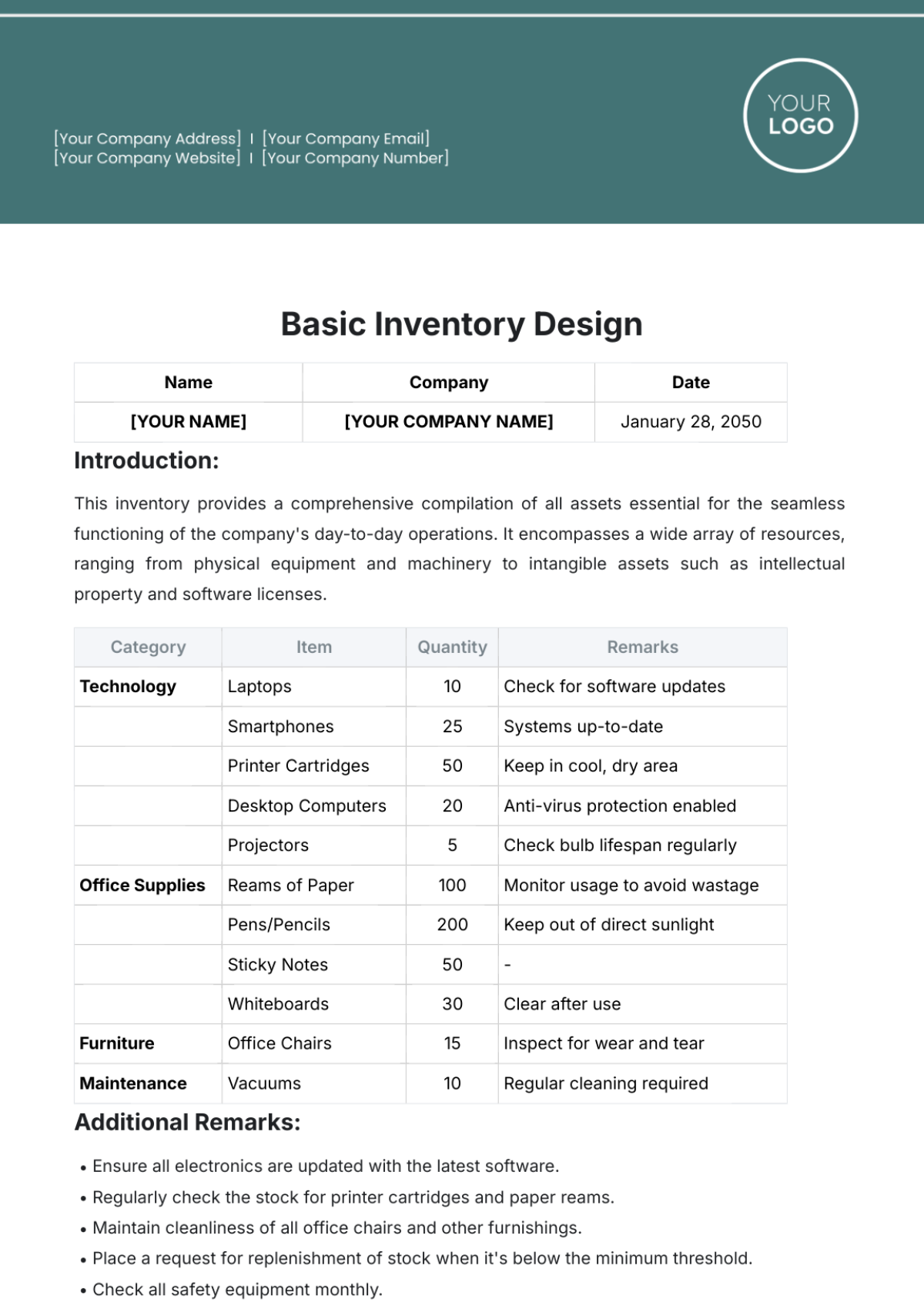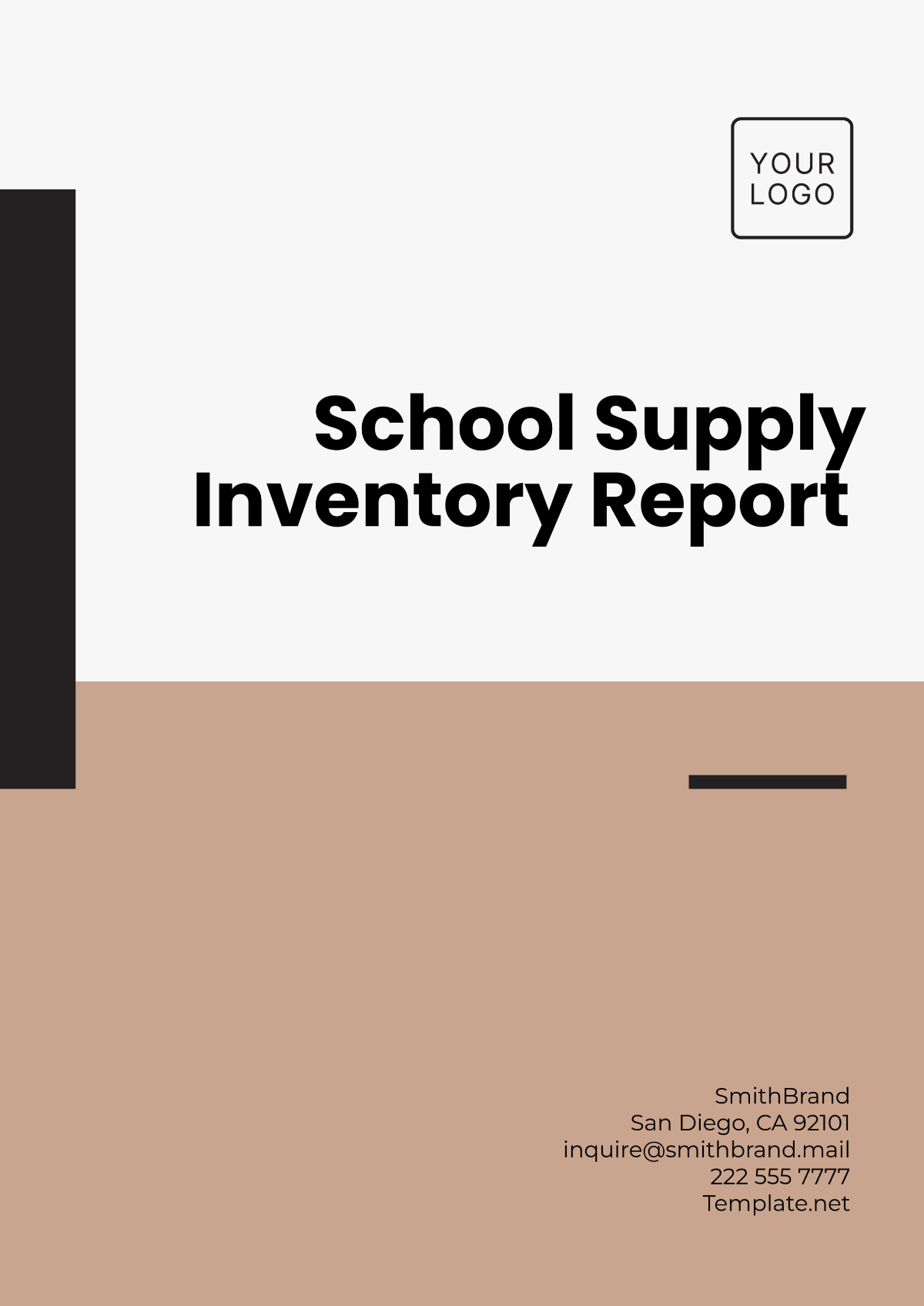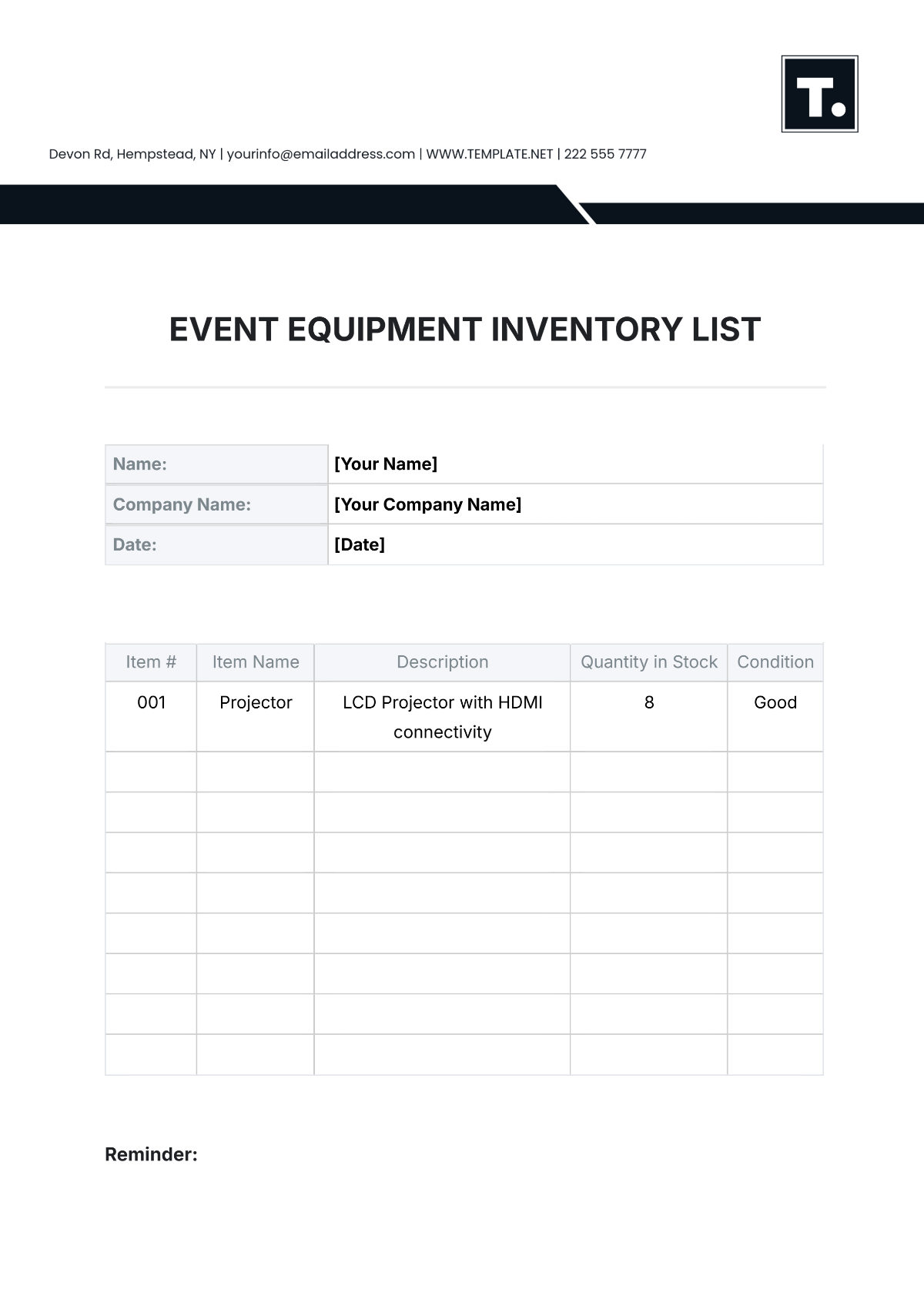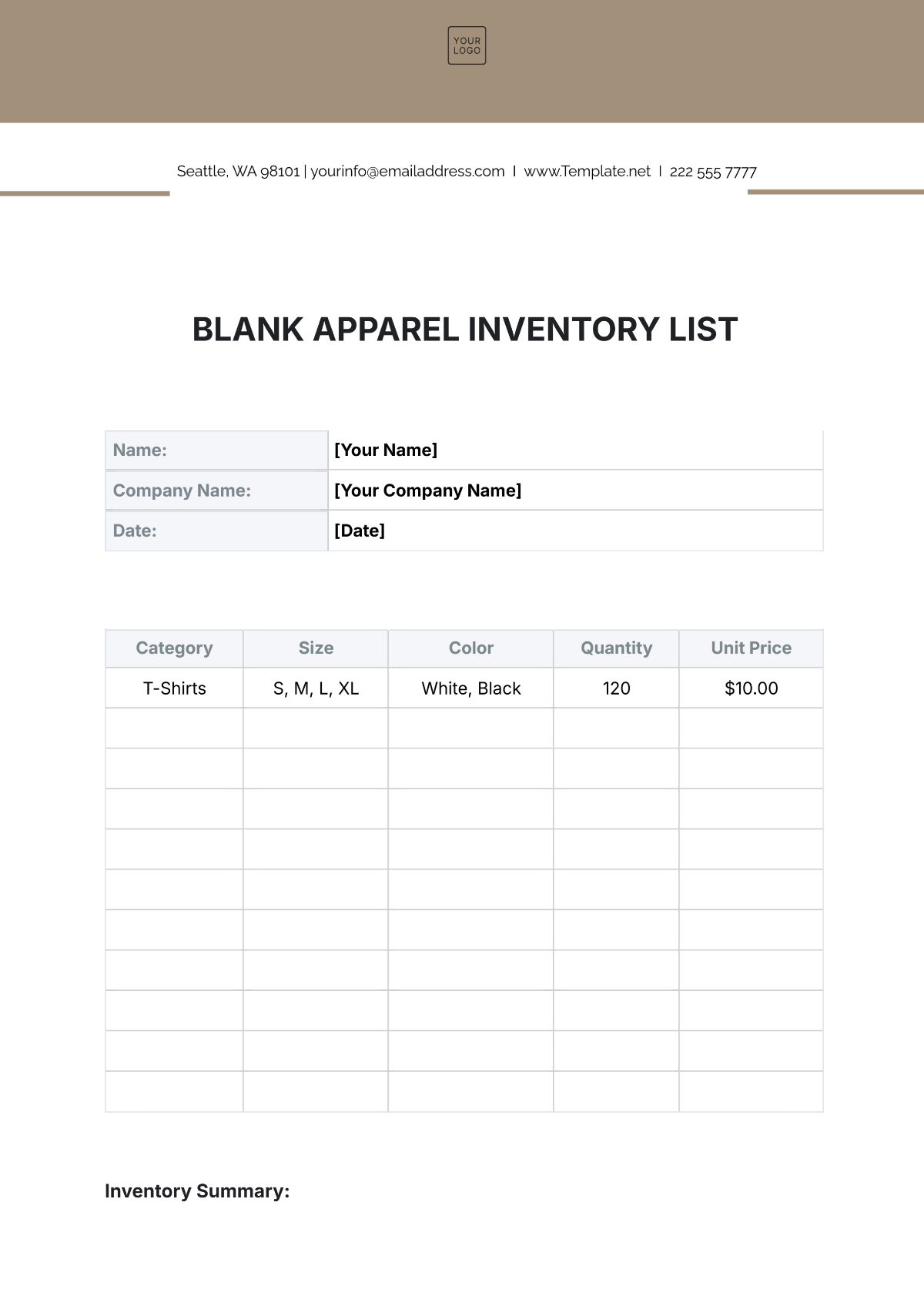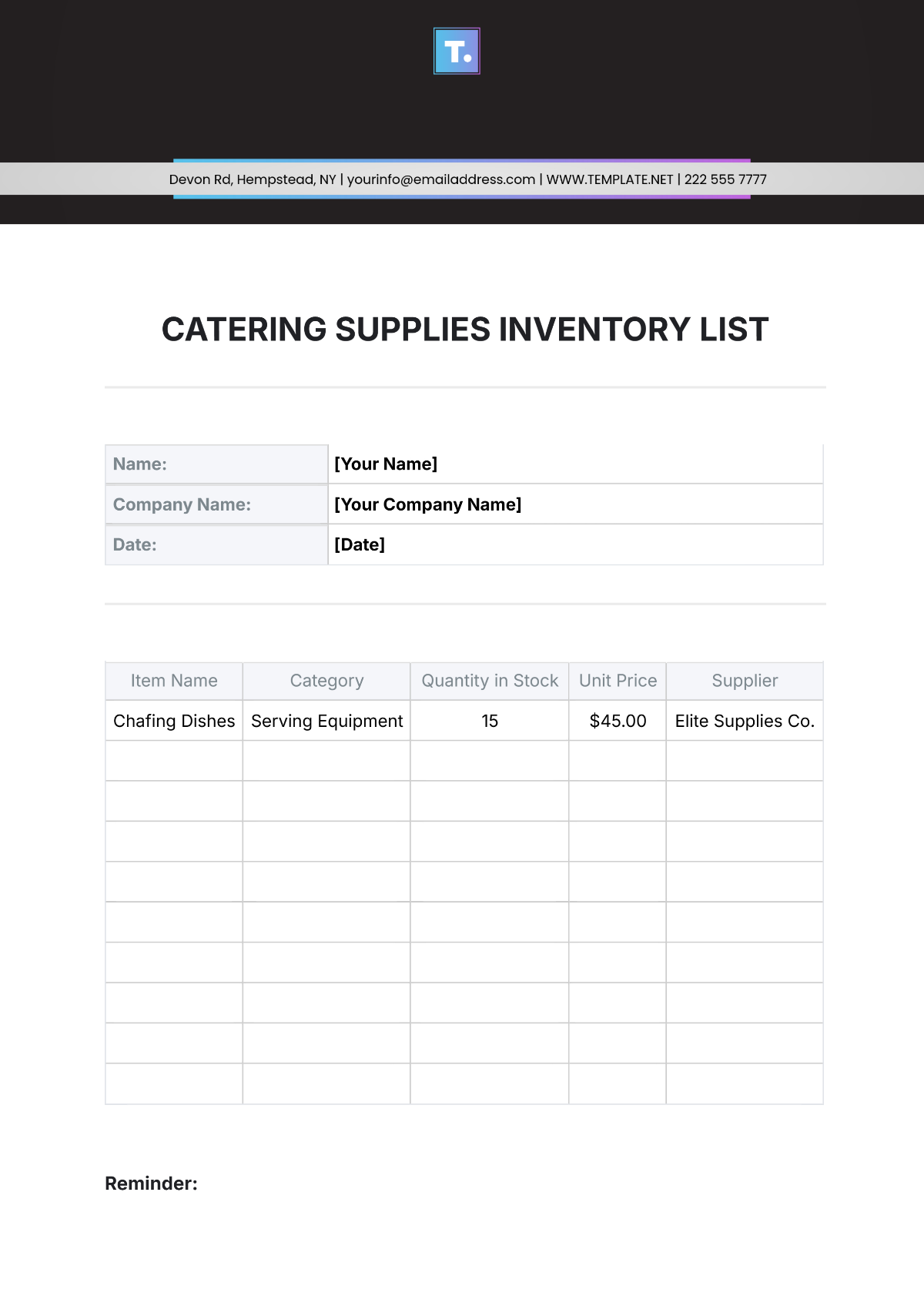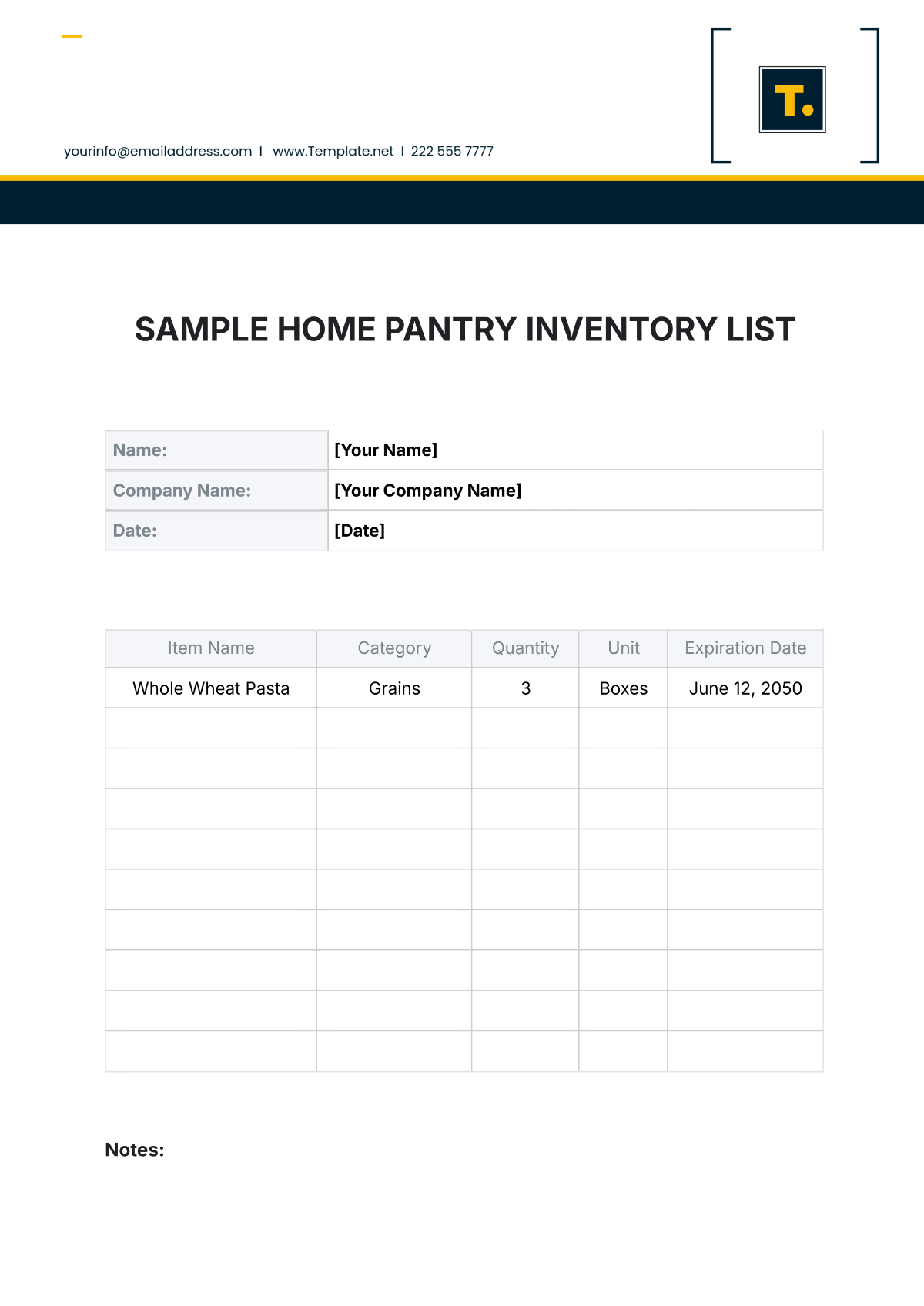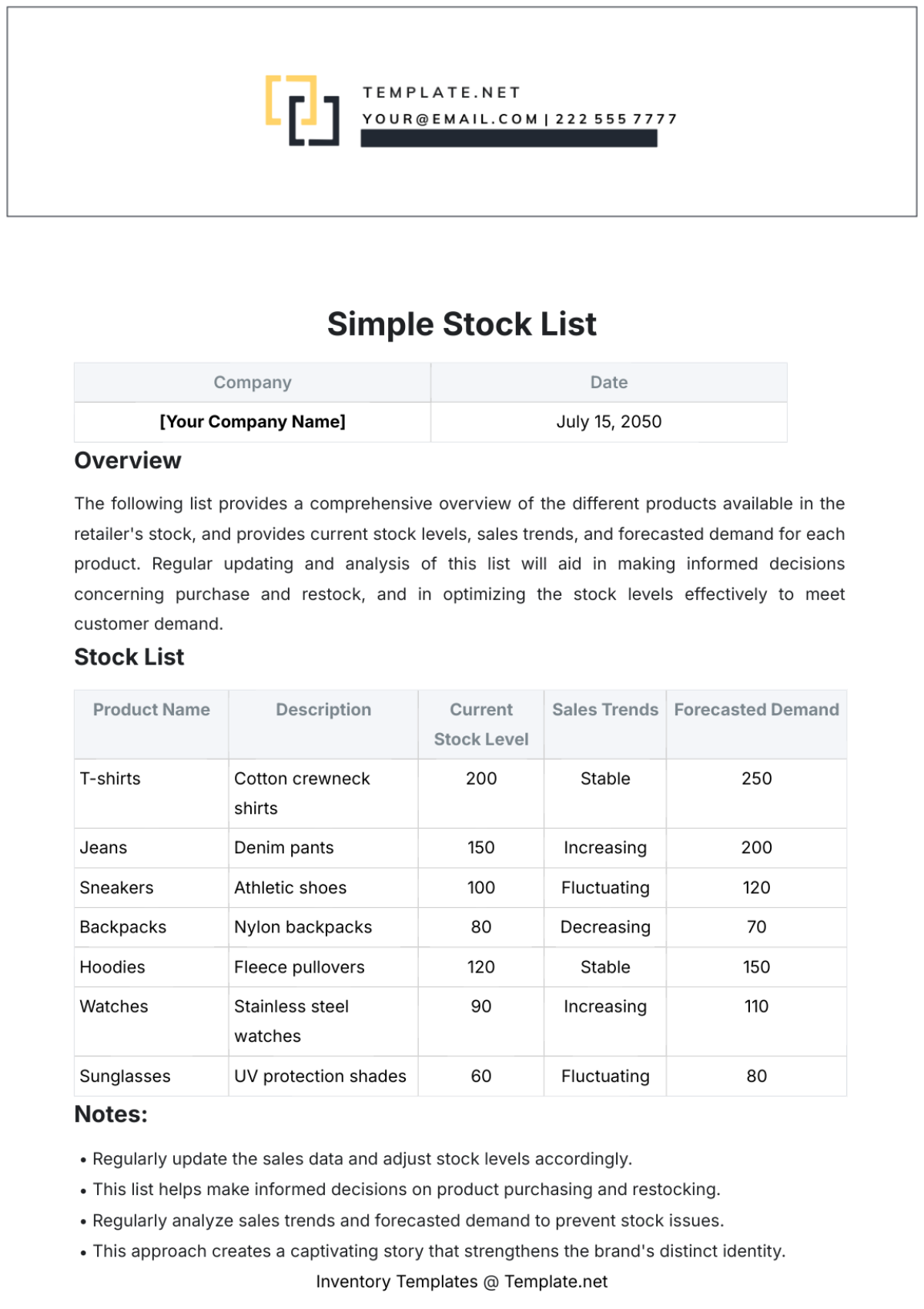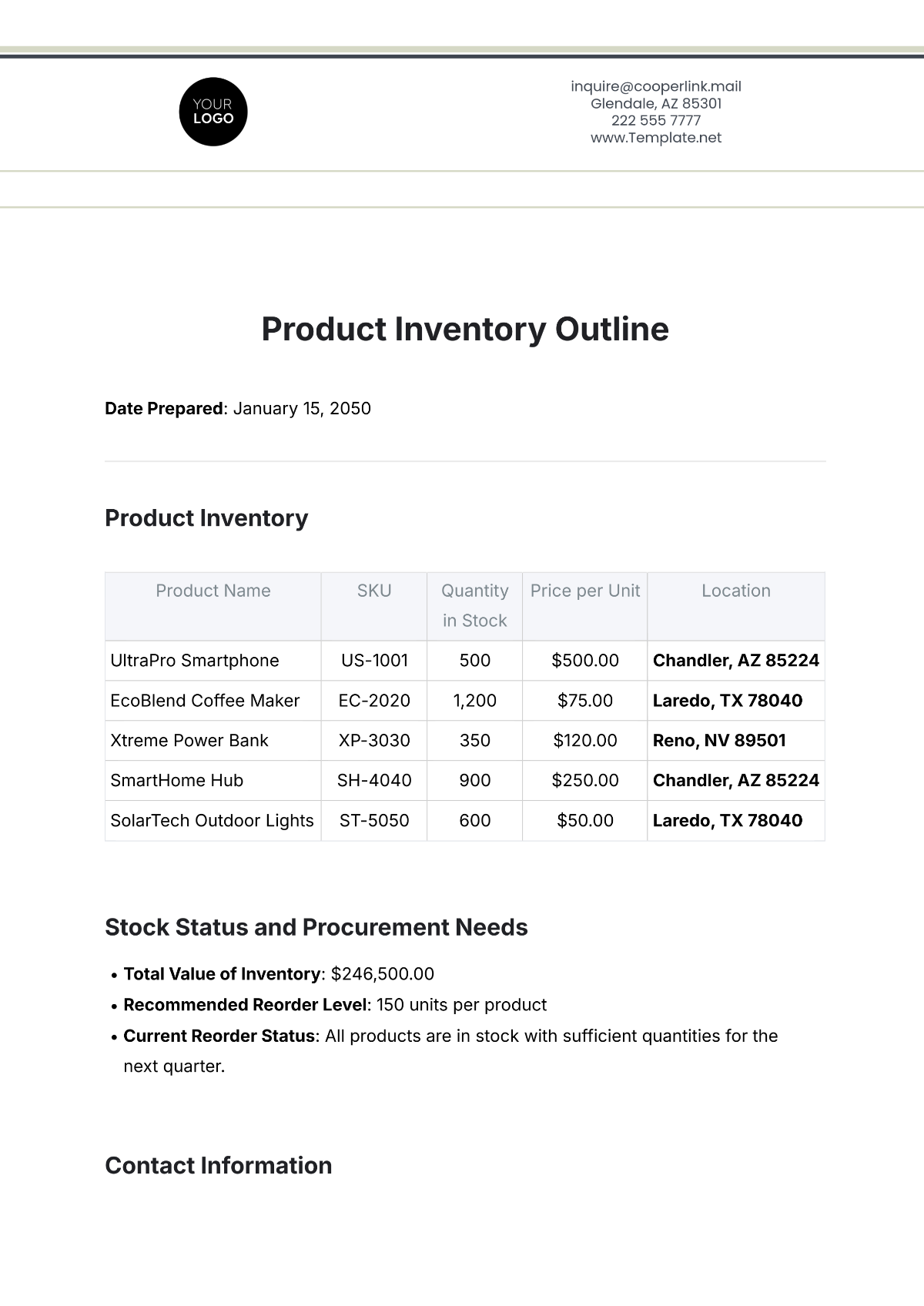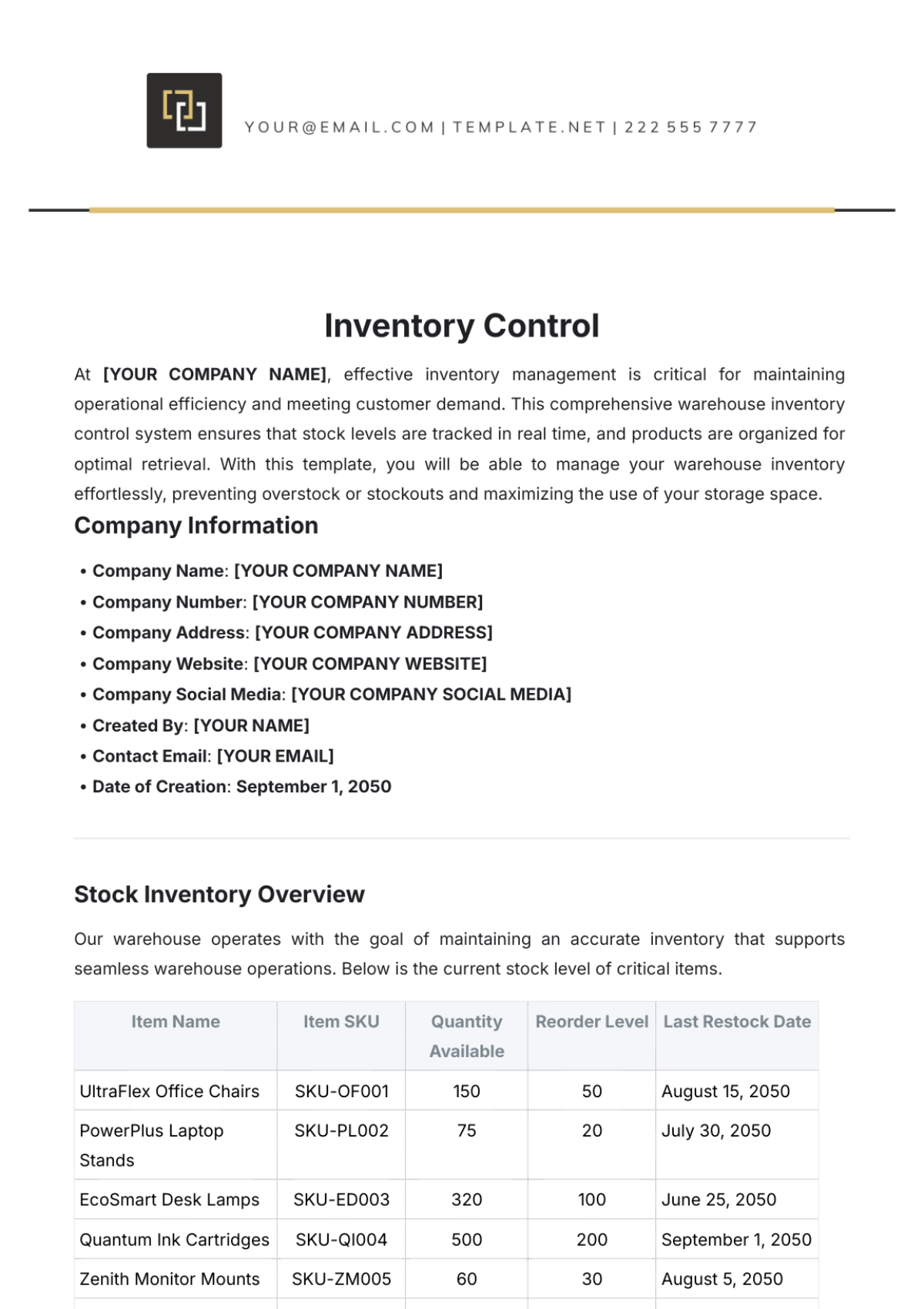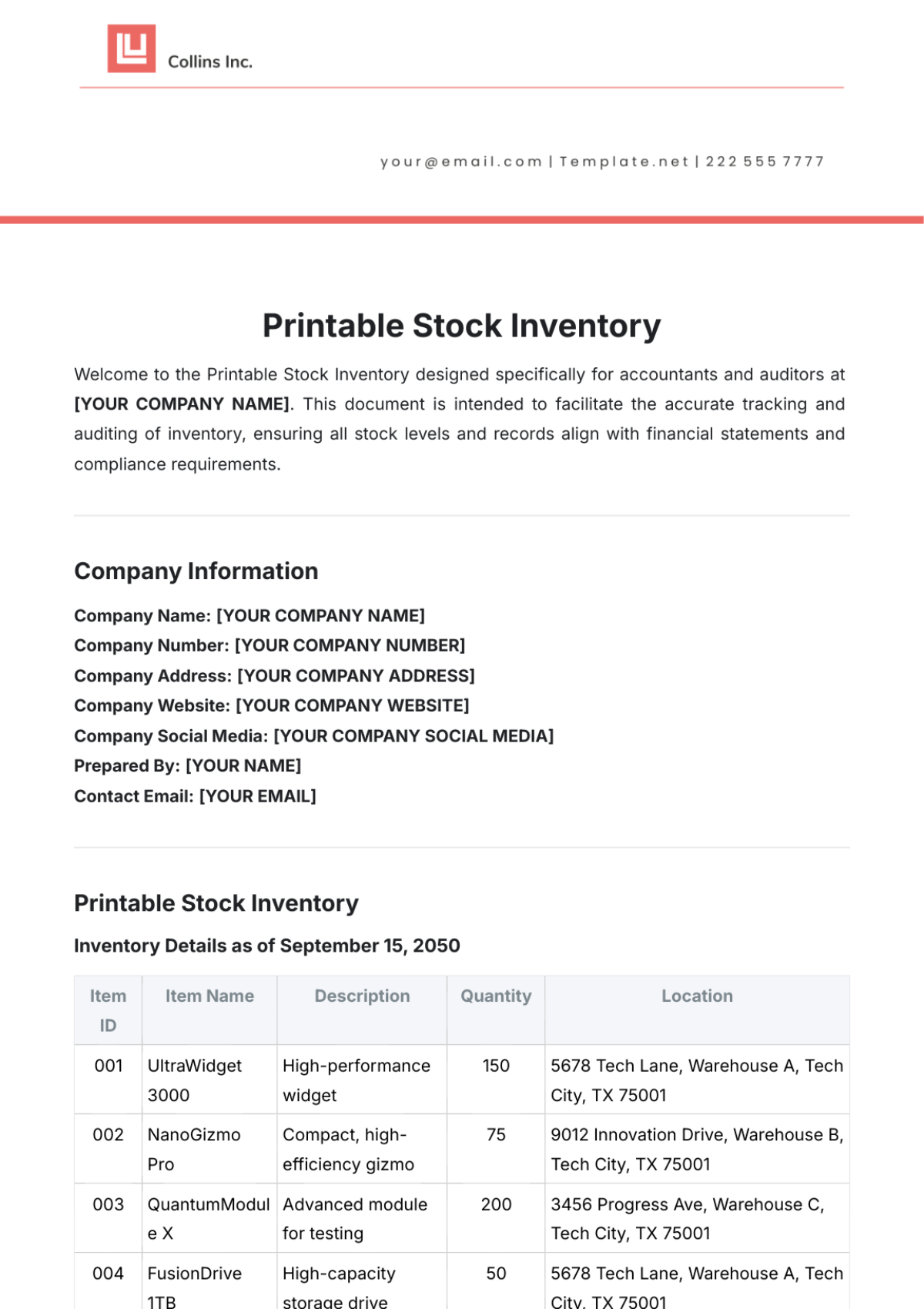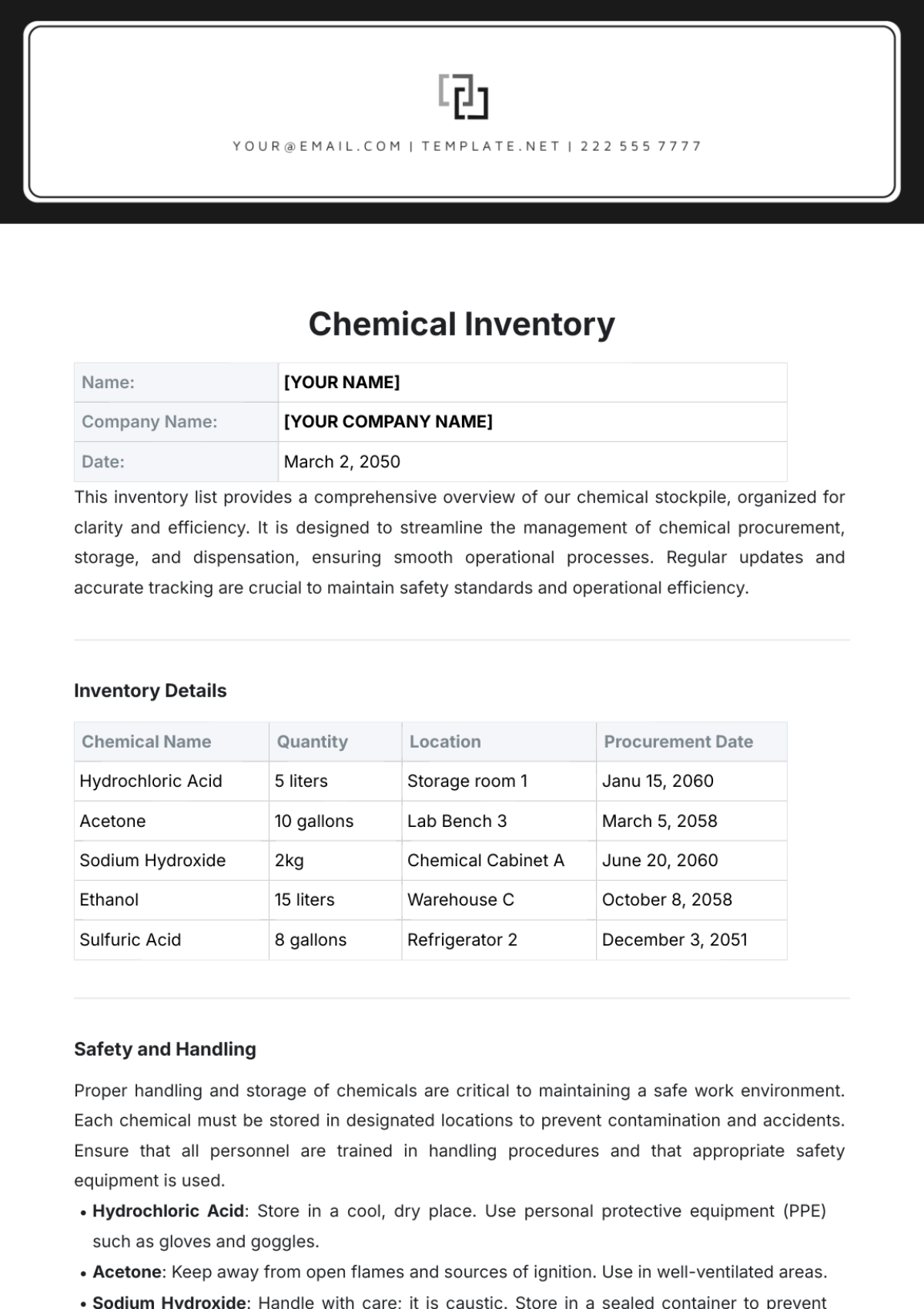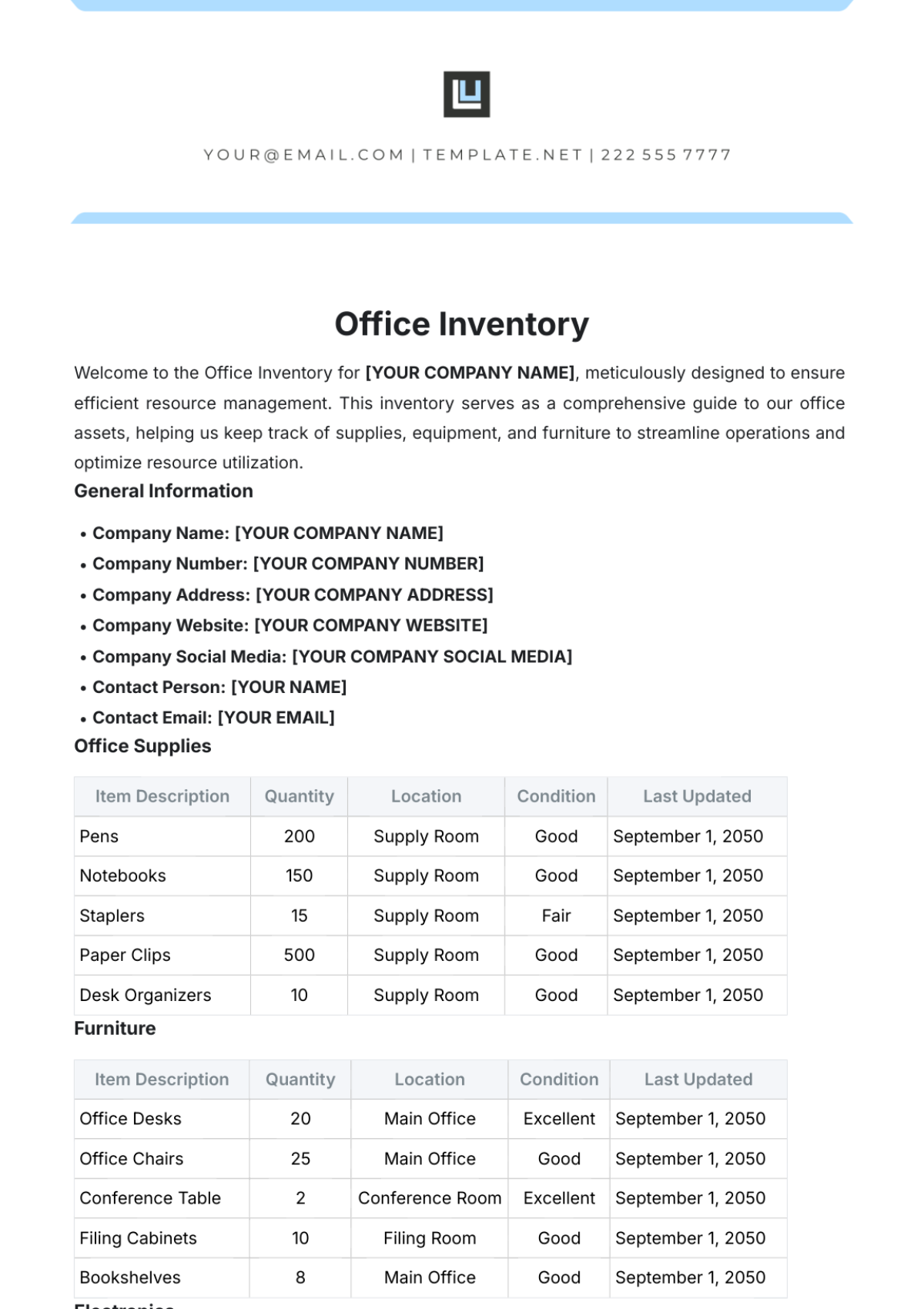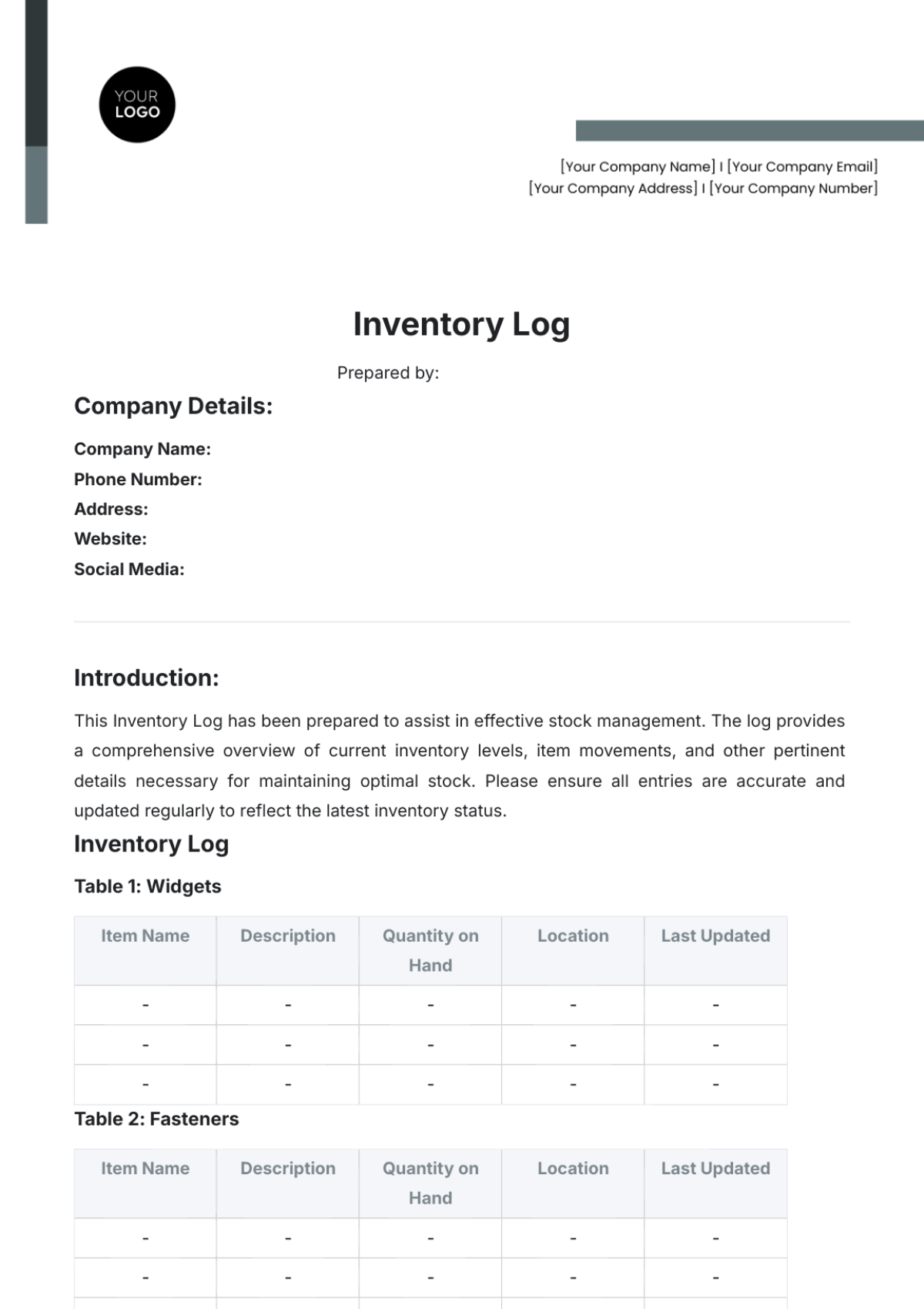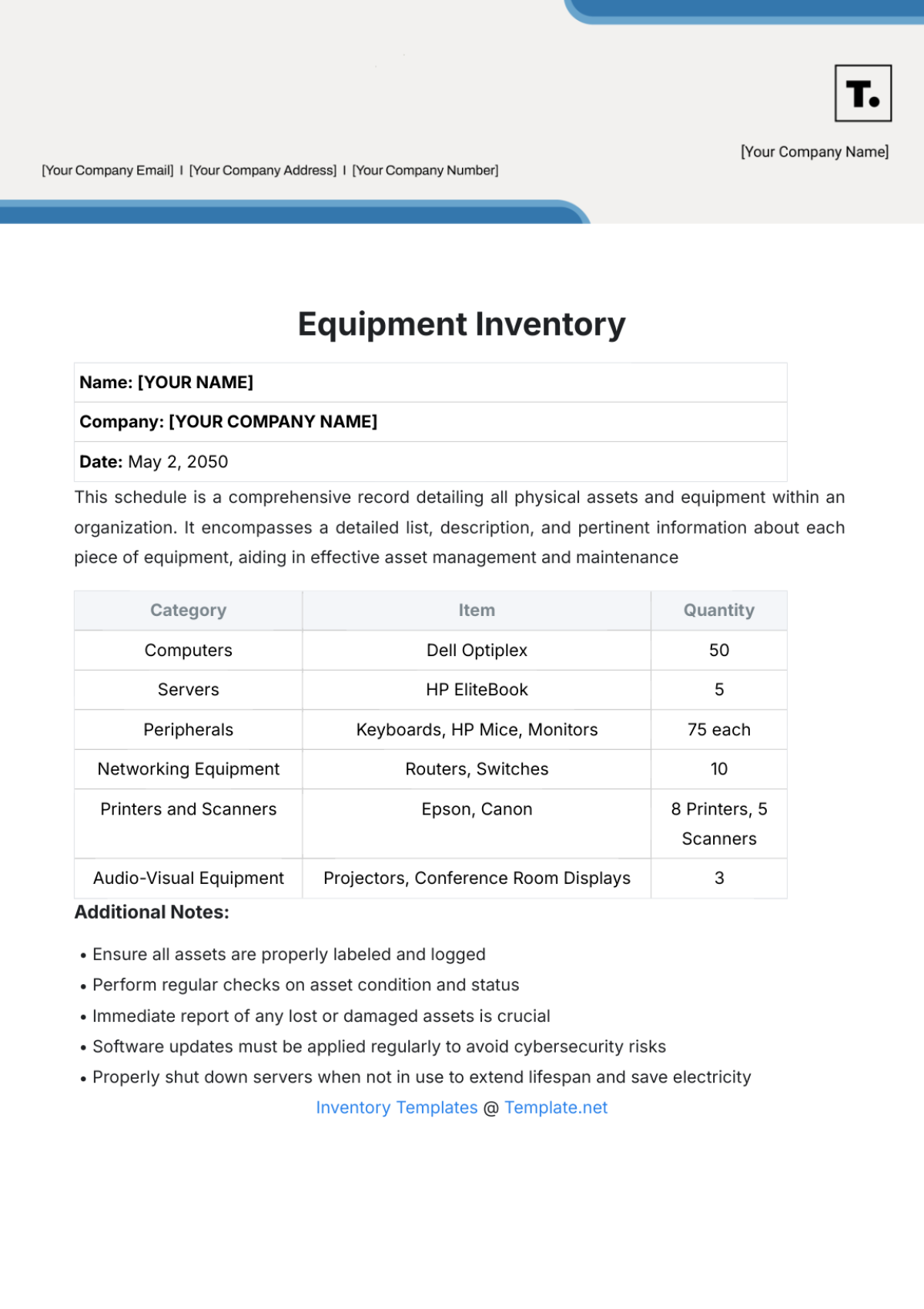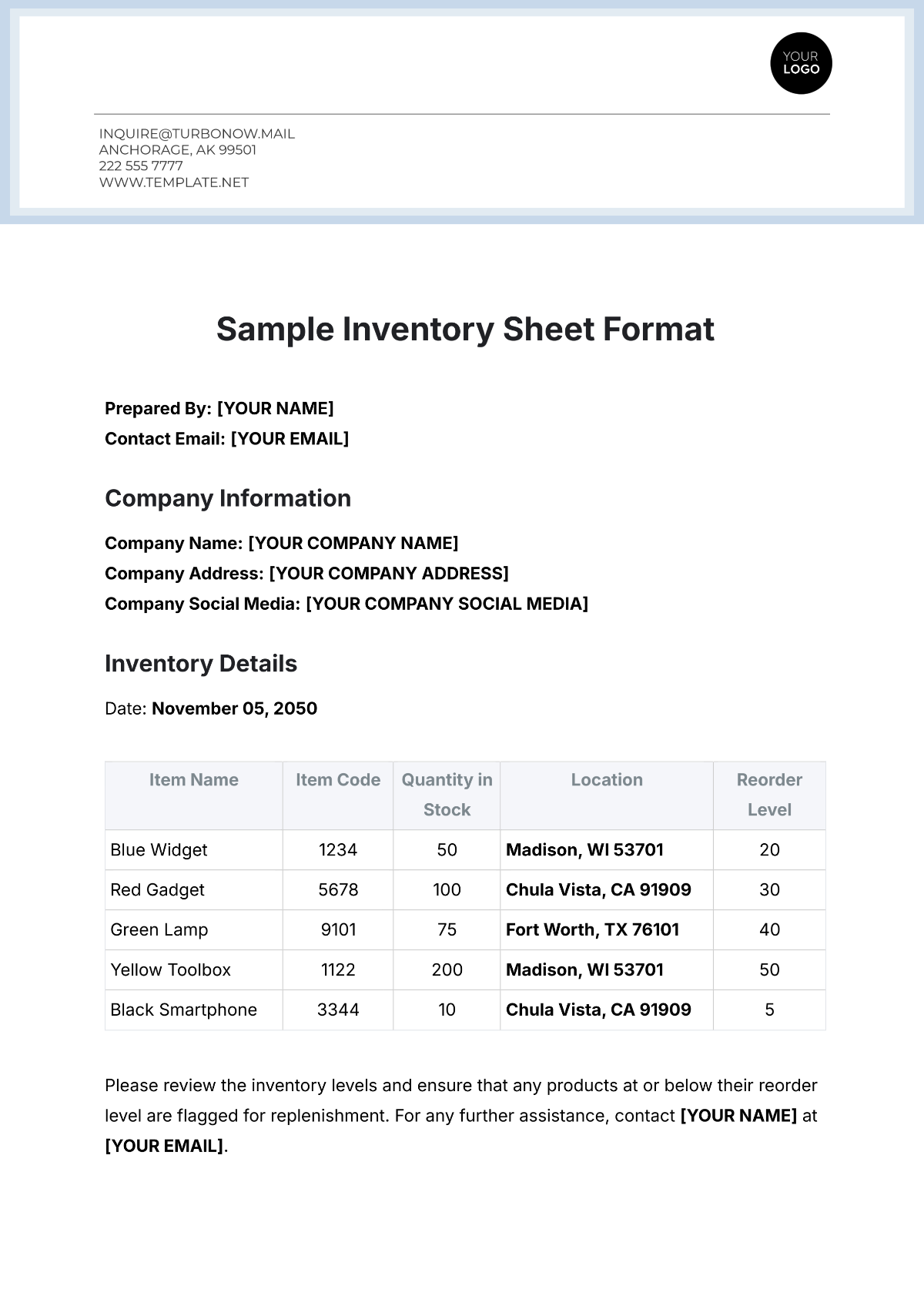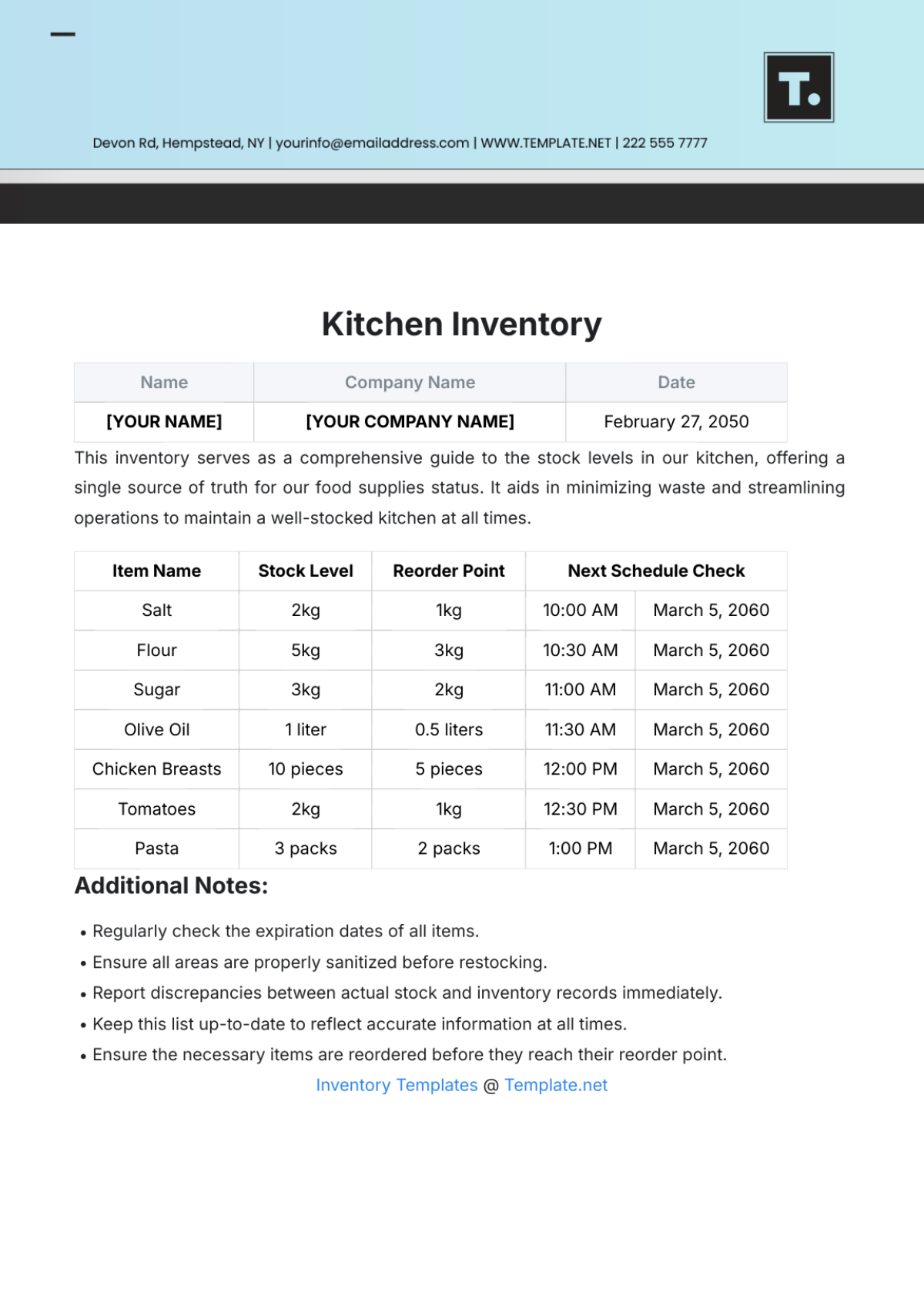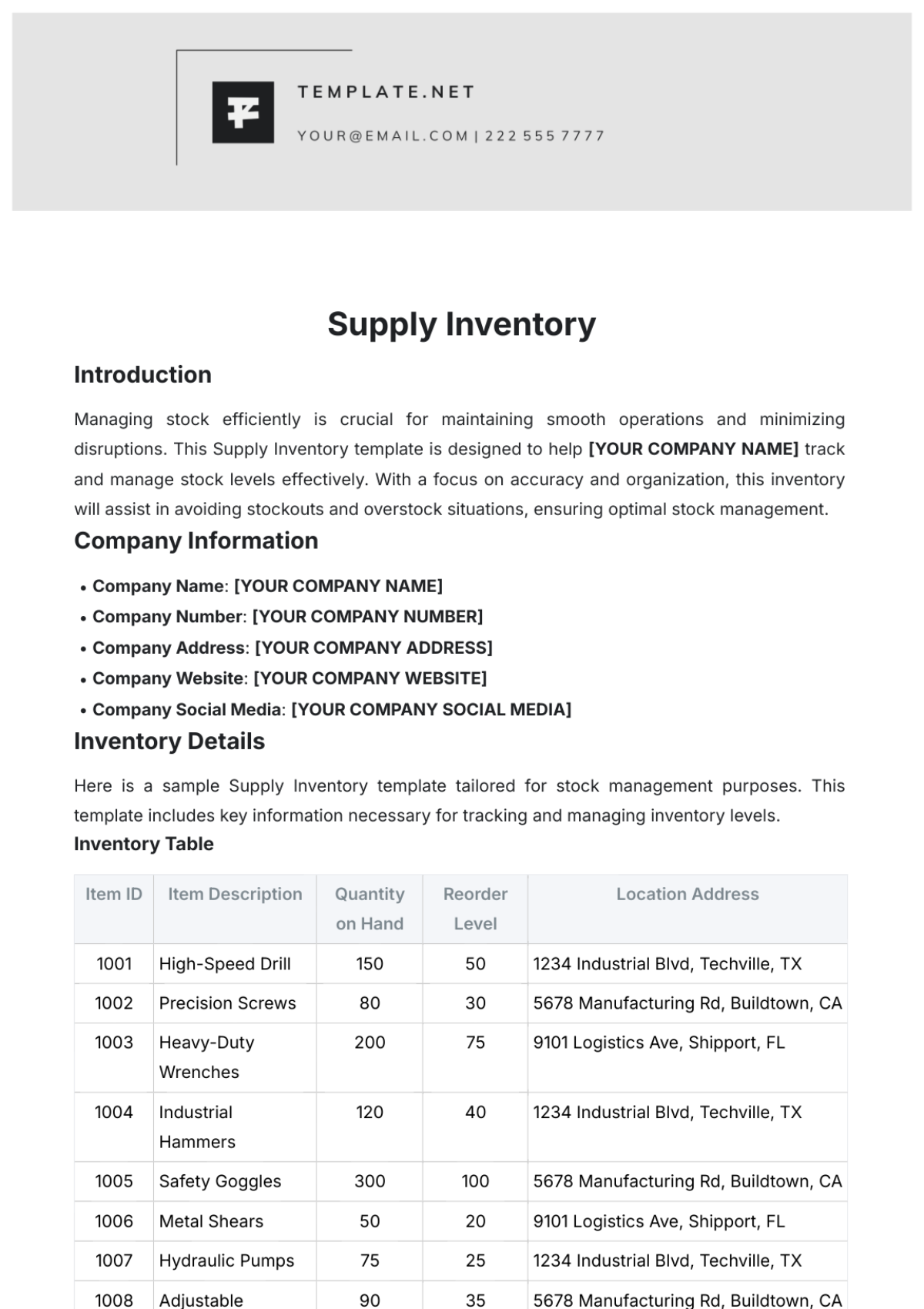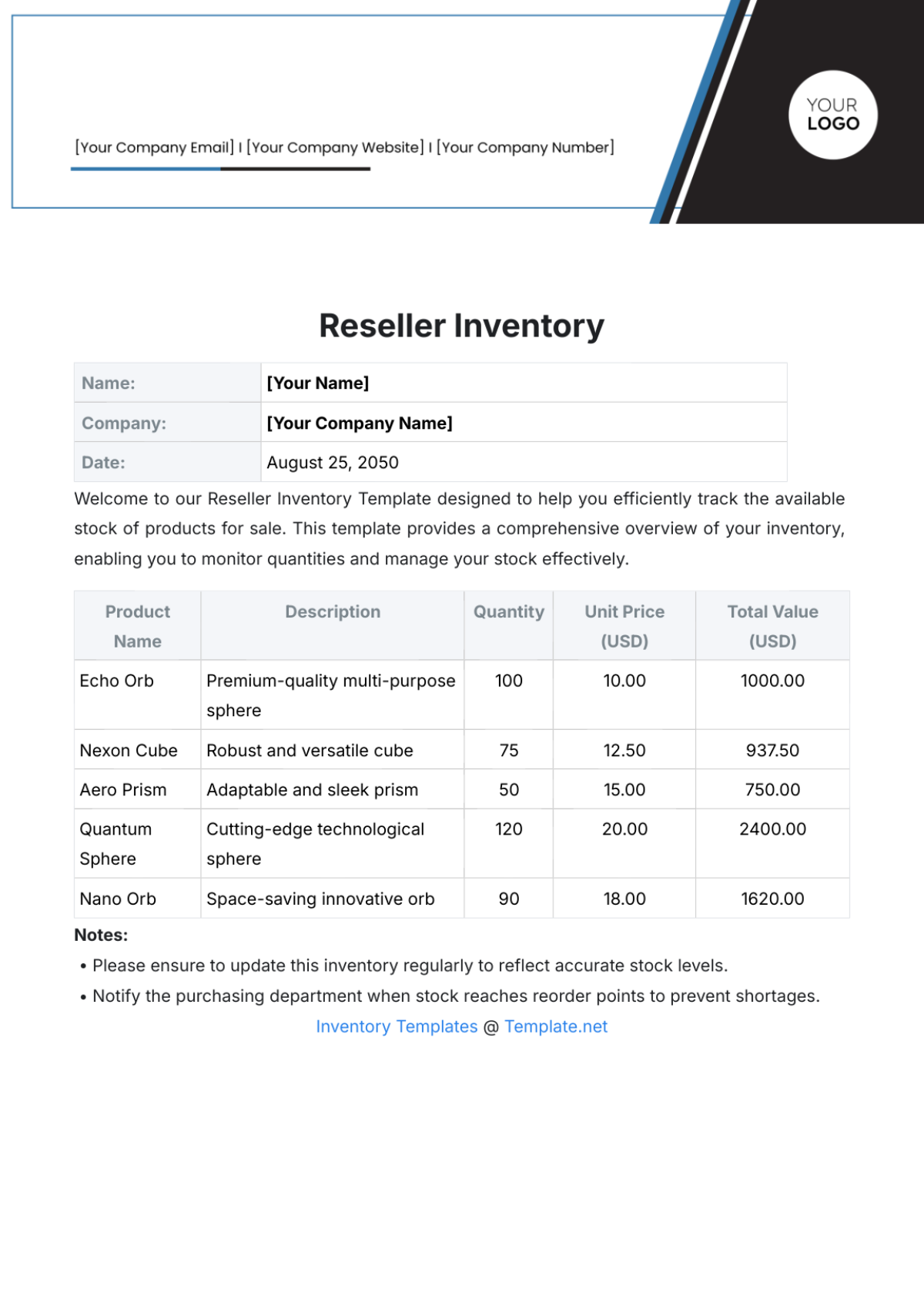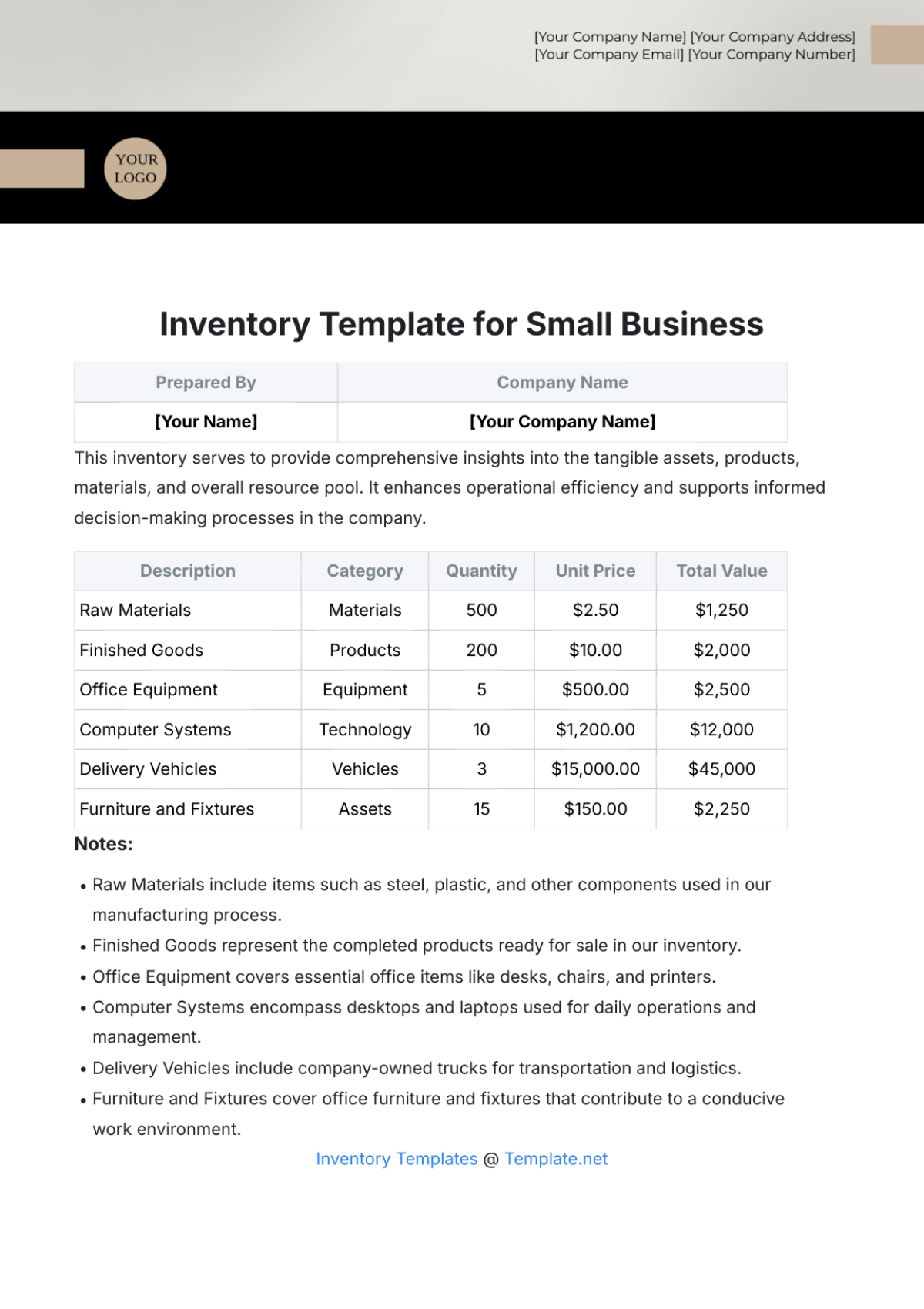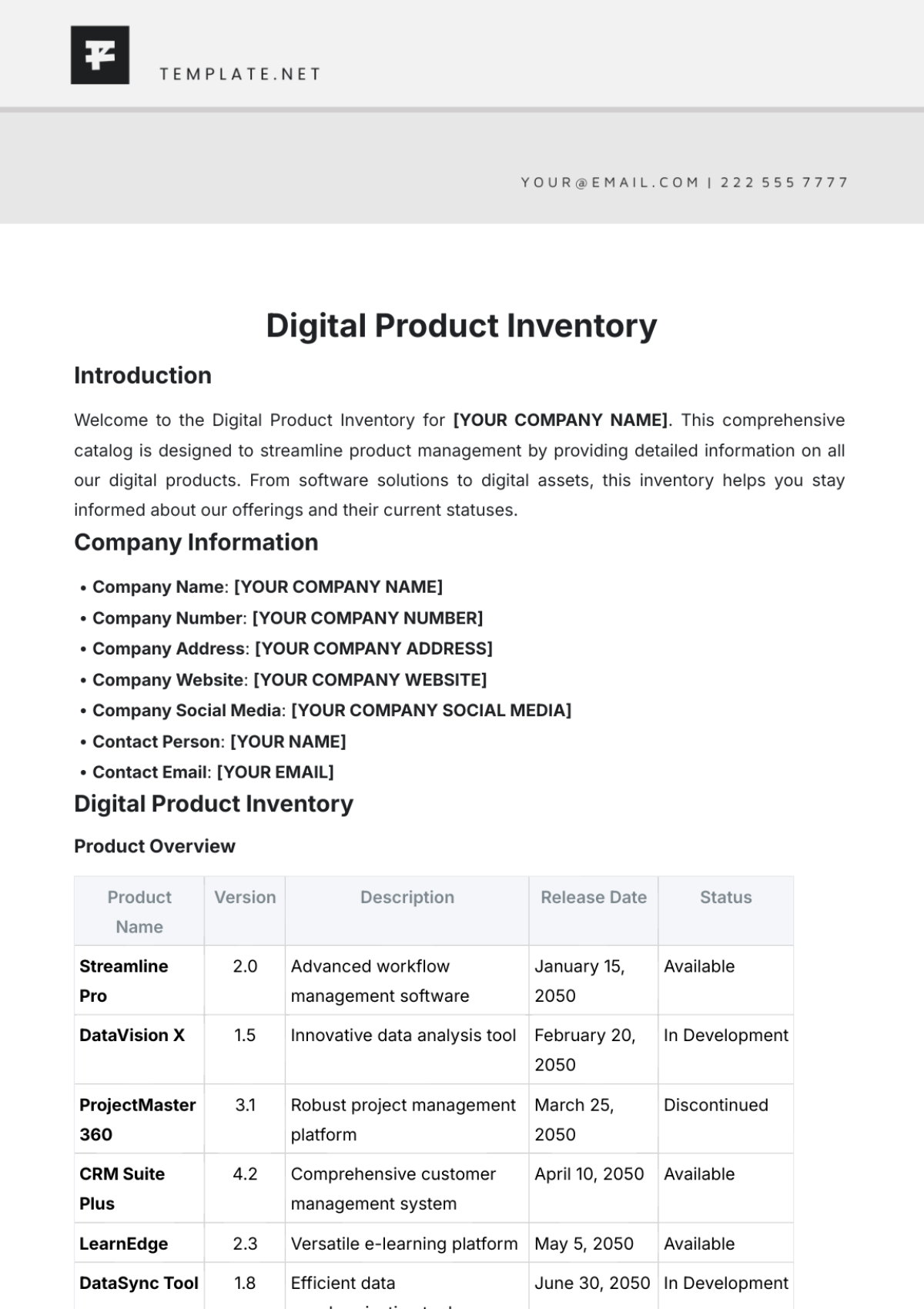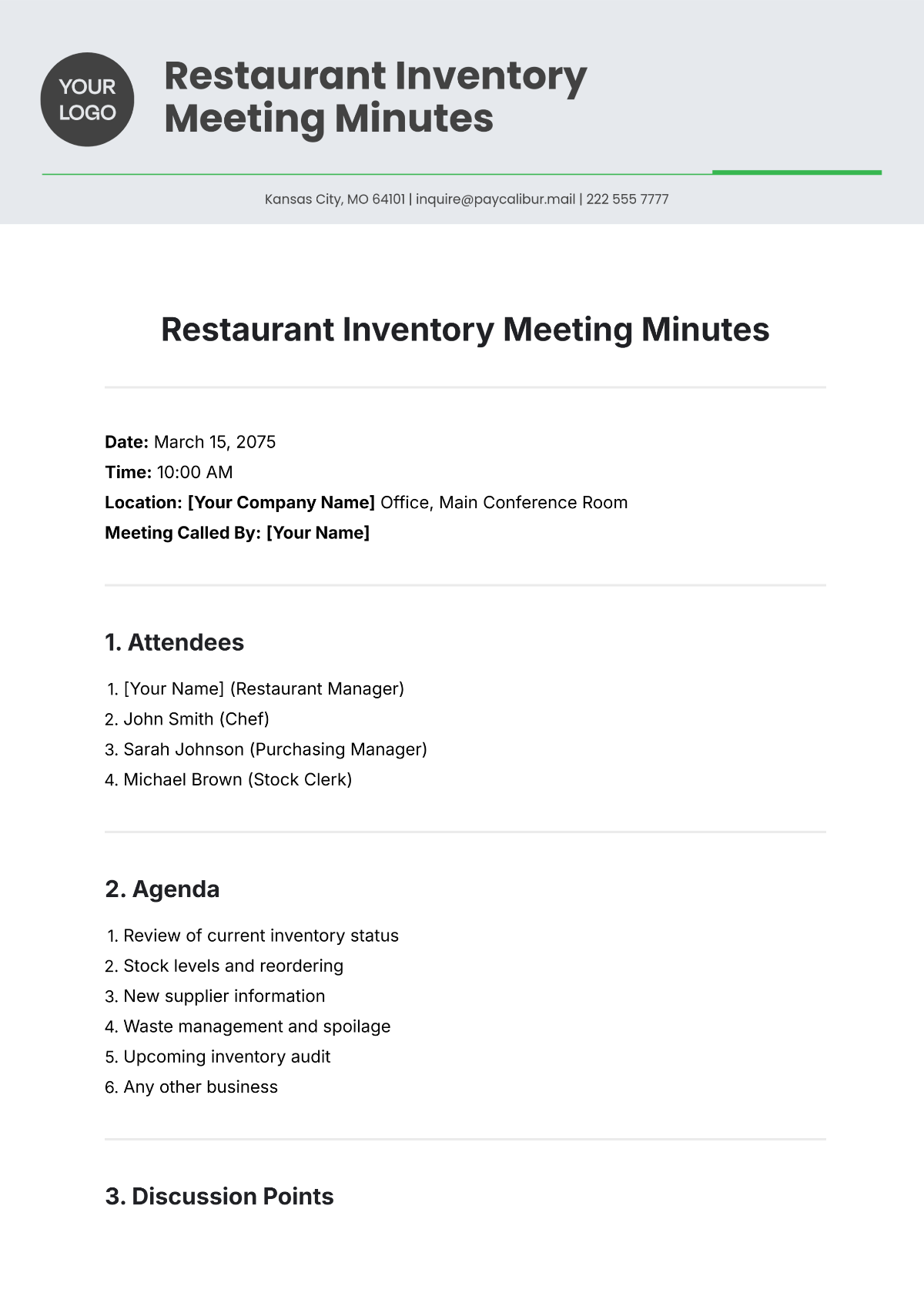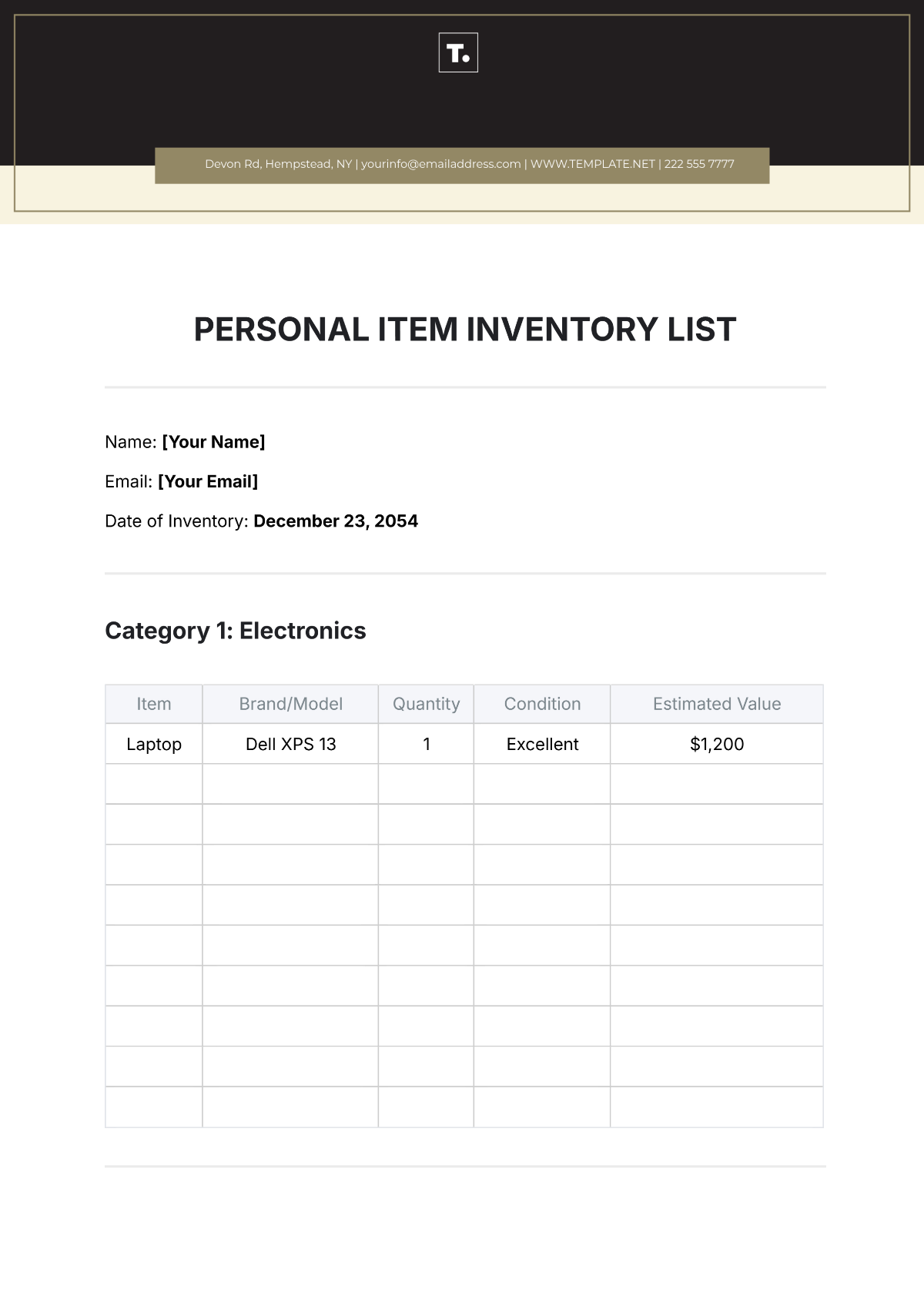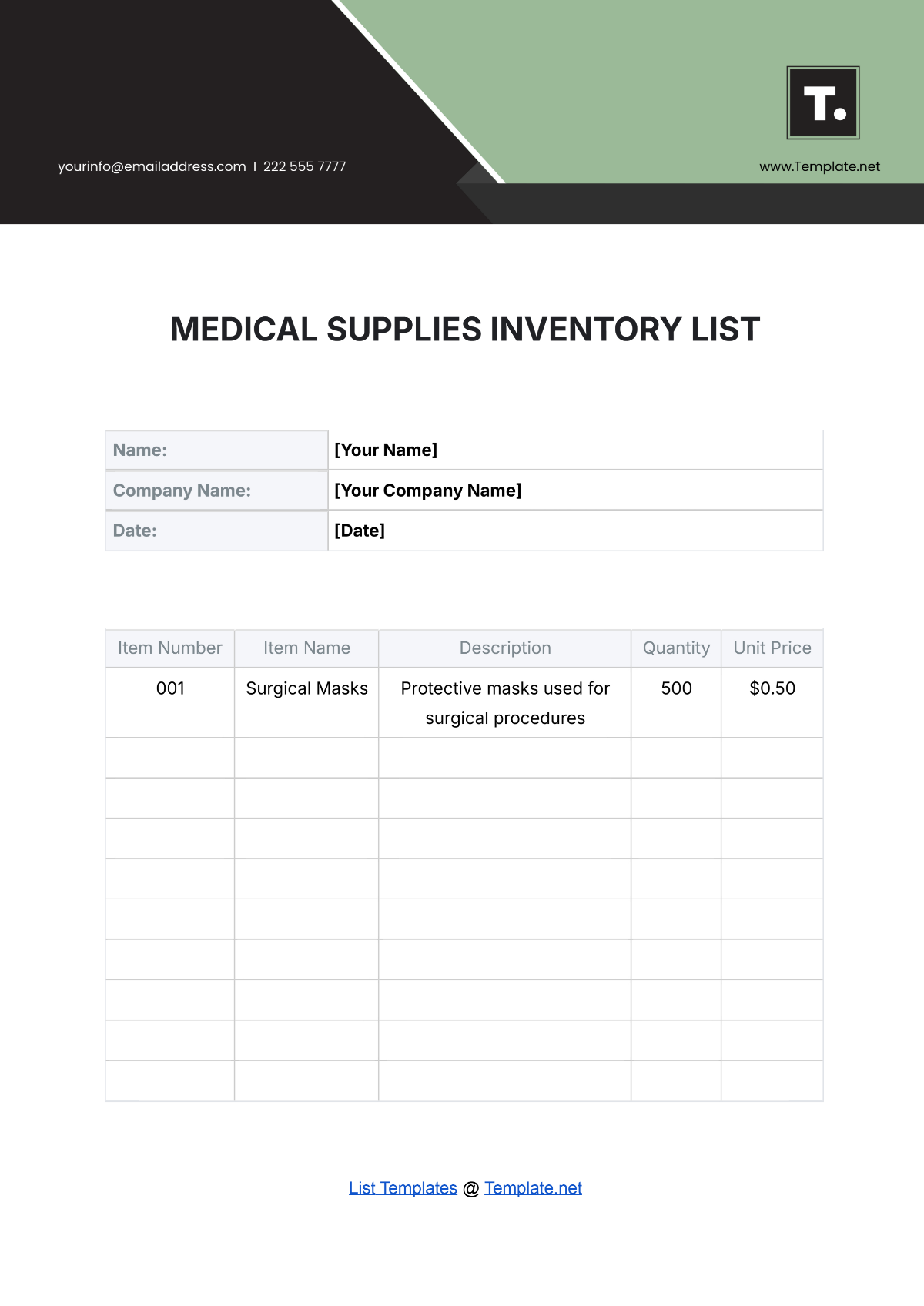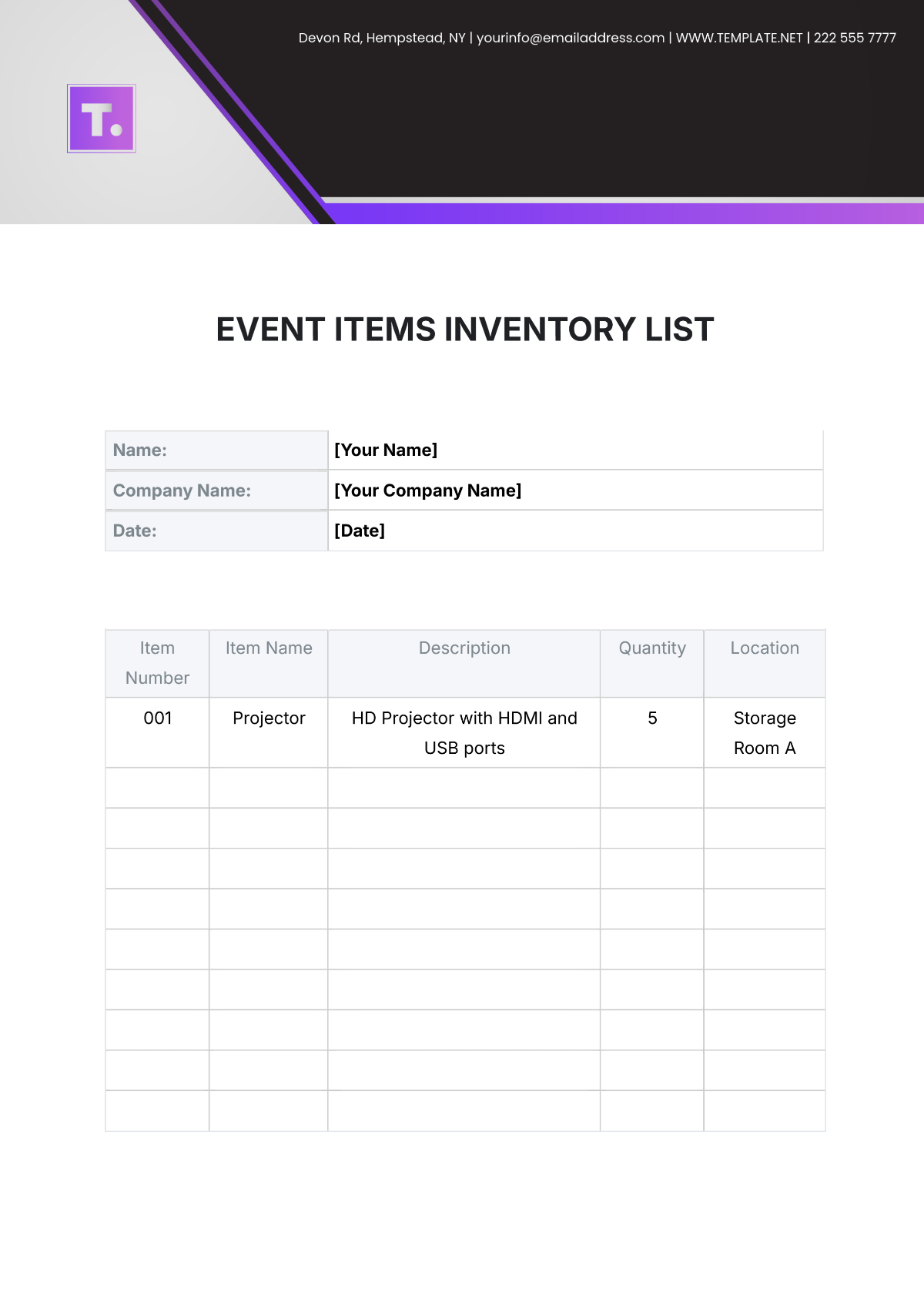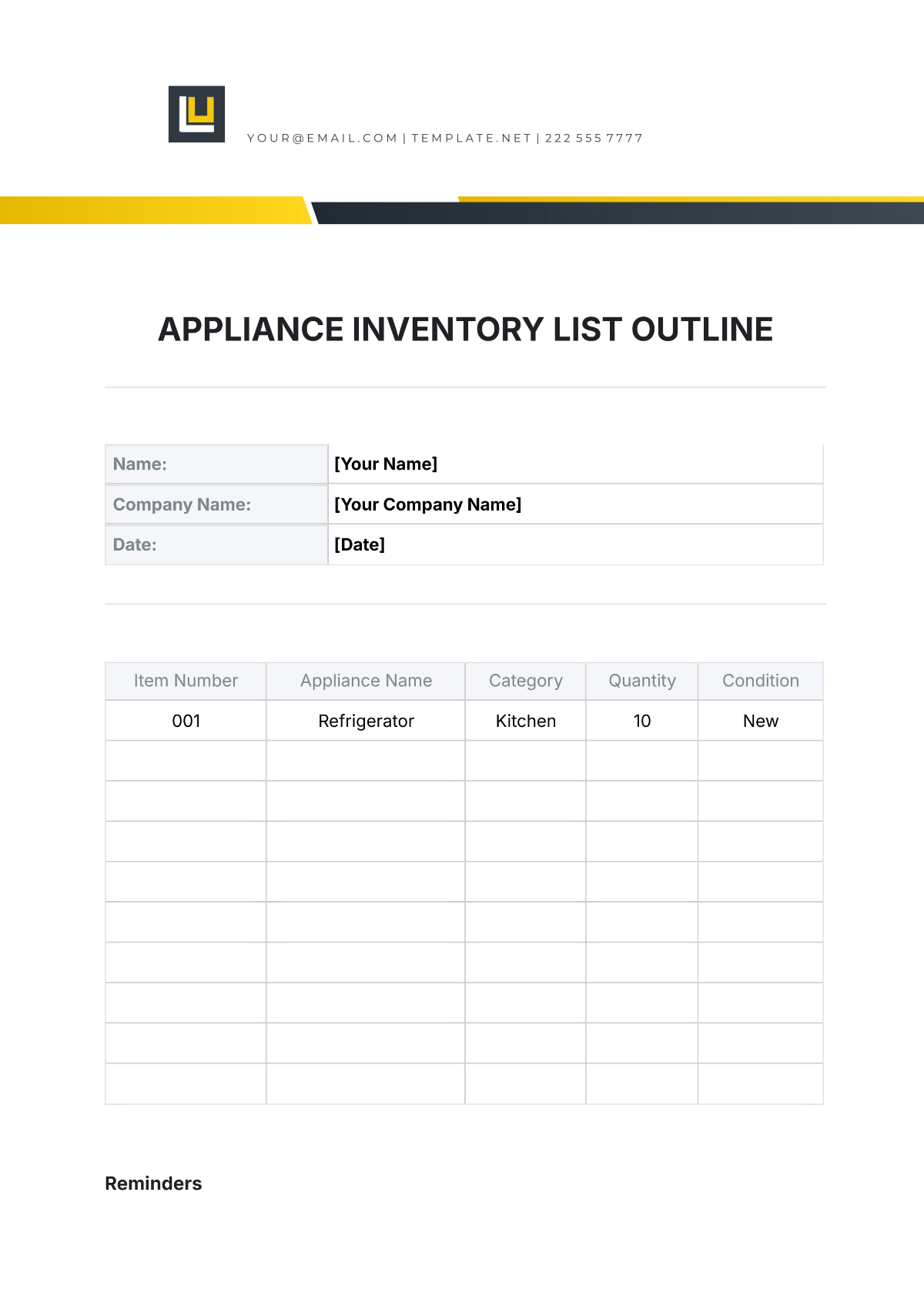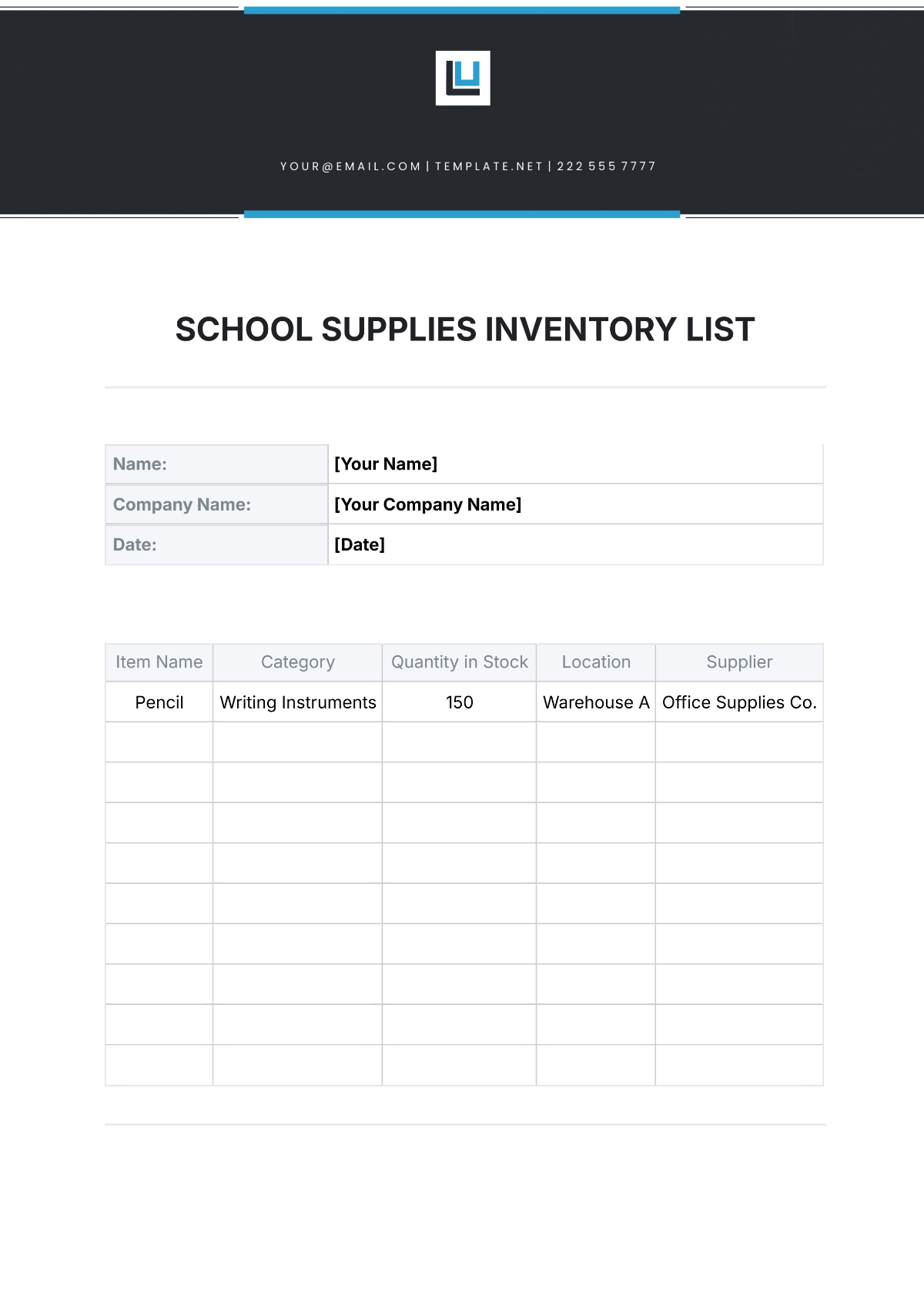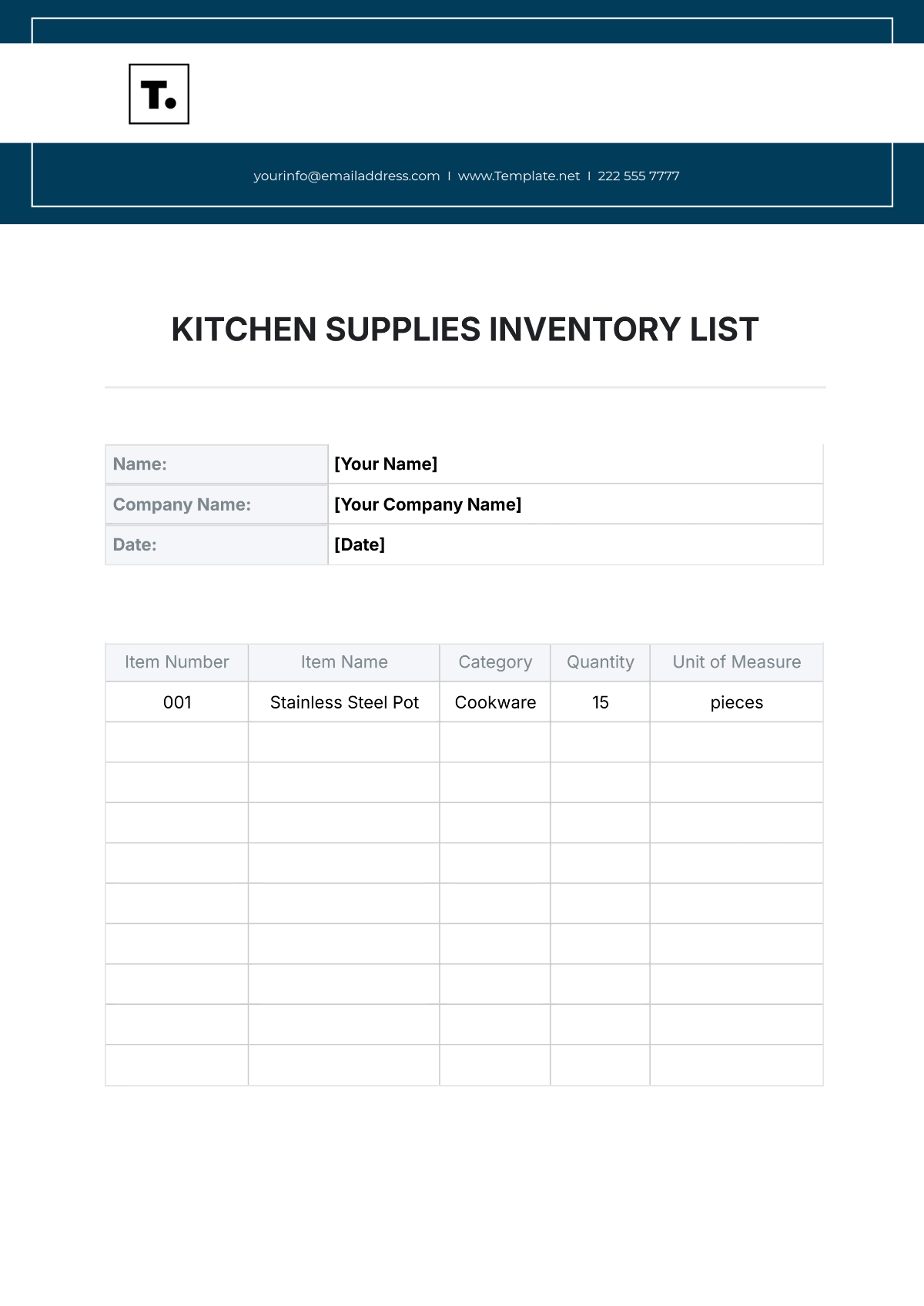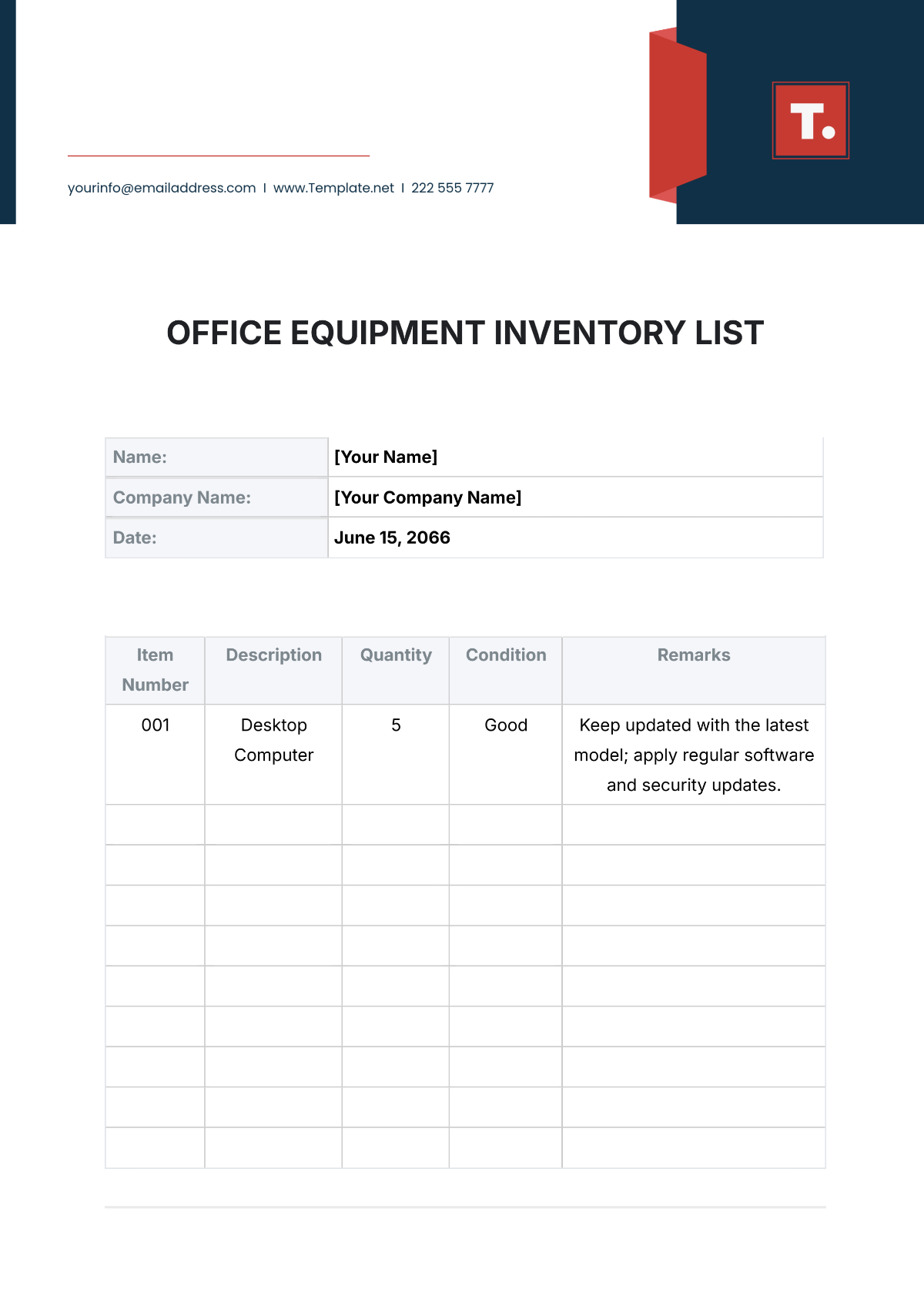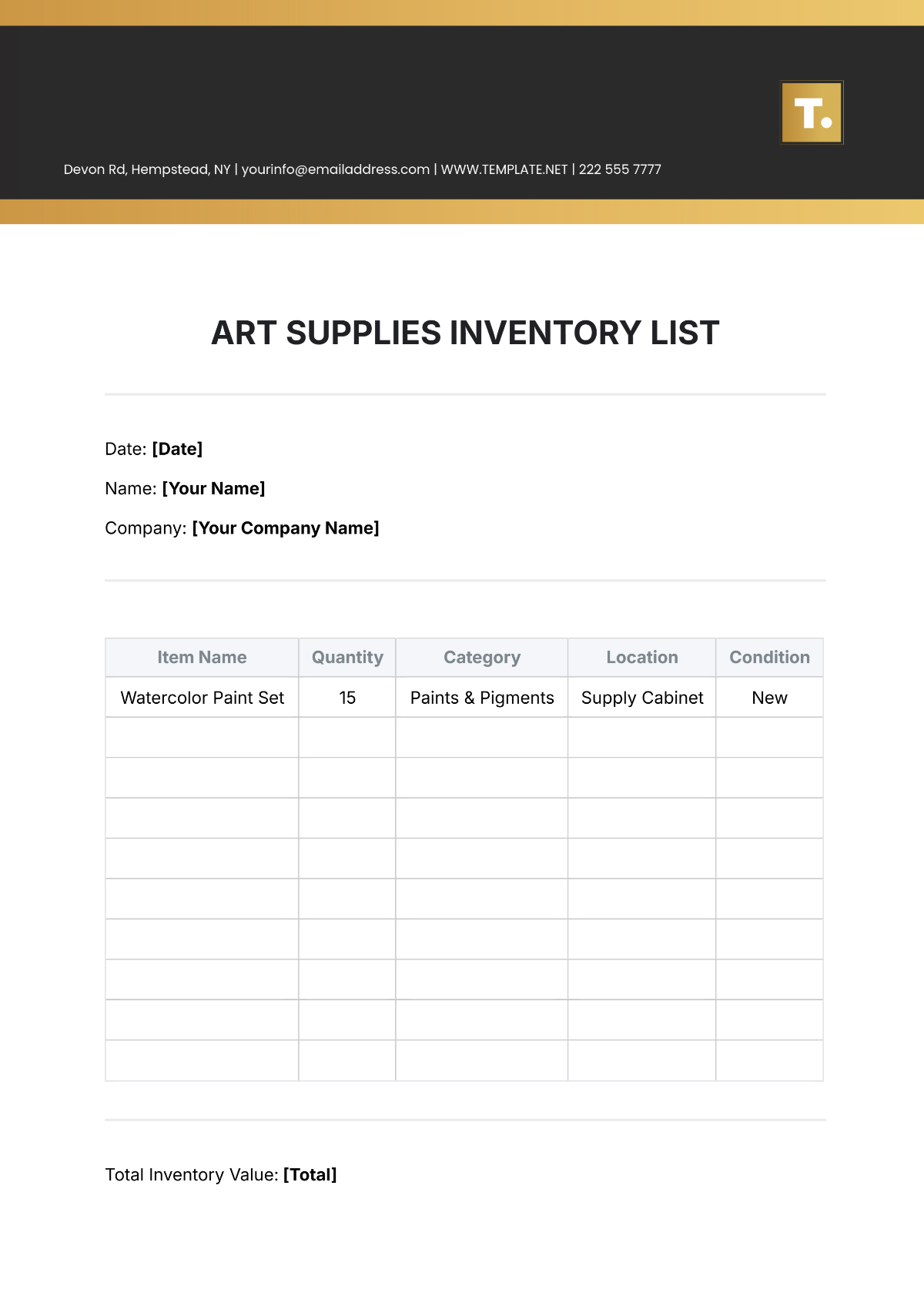Liquor Inventory Profitability
Arddess | |
Date |
This list provides details on key aspects of liquor inventory management. It helps track costs, minimize wastage, manage vendors effectively, and plan profitability strategies. This comprehensive approach smoothes inventory operations, maximizes profitability, and enhances a brand's unique identity.
Current Inventory Assessment
Liquor Type | Quantity | Purchase Price (per unit) | Total Value |
|---|---|---|---|
Whiskey | 10 bottles | $30 | $300 |
Vodka | 15 bottles | $20 | $300 |
Rum | 8 bottles | $25 | $200 |
Tequila | 12 bottles | $35 | $420 |
Gin | 6 bottles | $22 | $132 |
Wine | 20 bottles | $15 | $300 |
Beer | 24 cans | $1.5 | $36 |
Champagne | 5 bottles | $50 | $250 |
Scotch | 7 bottles | $40 | $280 |
Liqueur | 10 bottles | $18 | $180 |
Wastage Monitoring and Reduction
Type of Wastage | Frequency | Area of Improvement | Implemented Solution |
|---|---|---|---|
Food Wastage | Weekly | Reduce food leftovers | Implement portion control |
Paper Wastage | Monthly | Reduce paper usage | Switch to digital documentation |
Energy Wastage | Quarterly | Reduce energy consumption | Upgrade to energy-efficient appliances |
Water Wastage | Bi-Weekly | Reduce water usage | Install water-saving fixtures |
Plastic Wastage | Monthly | Reduce single-use plastic | Implement recycling program |
Vendor Management and Cost Comparison
Vendor Name | Contact Information | Delivery Schedule | Offered Discounts/Incentives |
|---|---|---|---|
TechSupplies | techsupplies@example.com | 2-3 business days | 10% discount on bulk orders |
OfficeDepot | officedepot@example.com | 1-2 business days | Free shipping on orders over $100 |
StationeryMart | stationerymart@example.com | 3-5 business days | Loyalty points for future purchases |
Notes
Regular inventory checks are essential for maintaining accurate records and controlling costs.
Train staff on proper inventory management techniques to minimize errors and maximize efficiency.
Collaboration between management and staff is crucial for implementing effective cost control measures.
